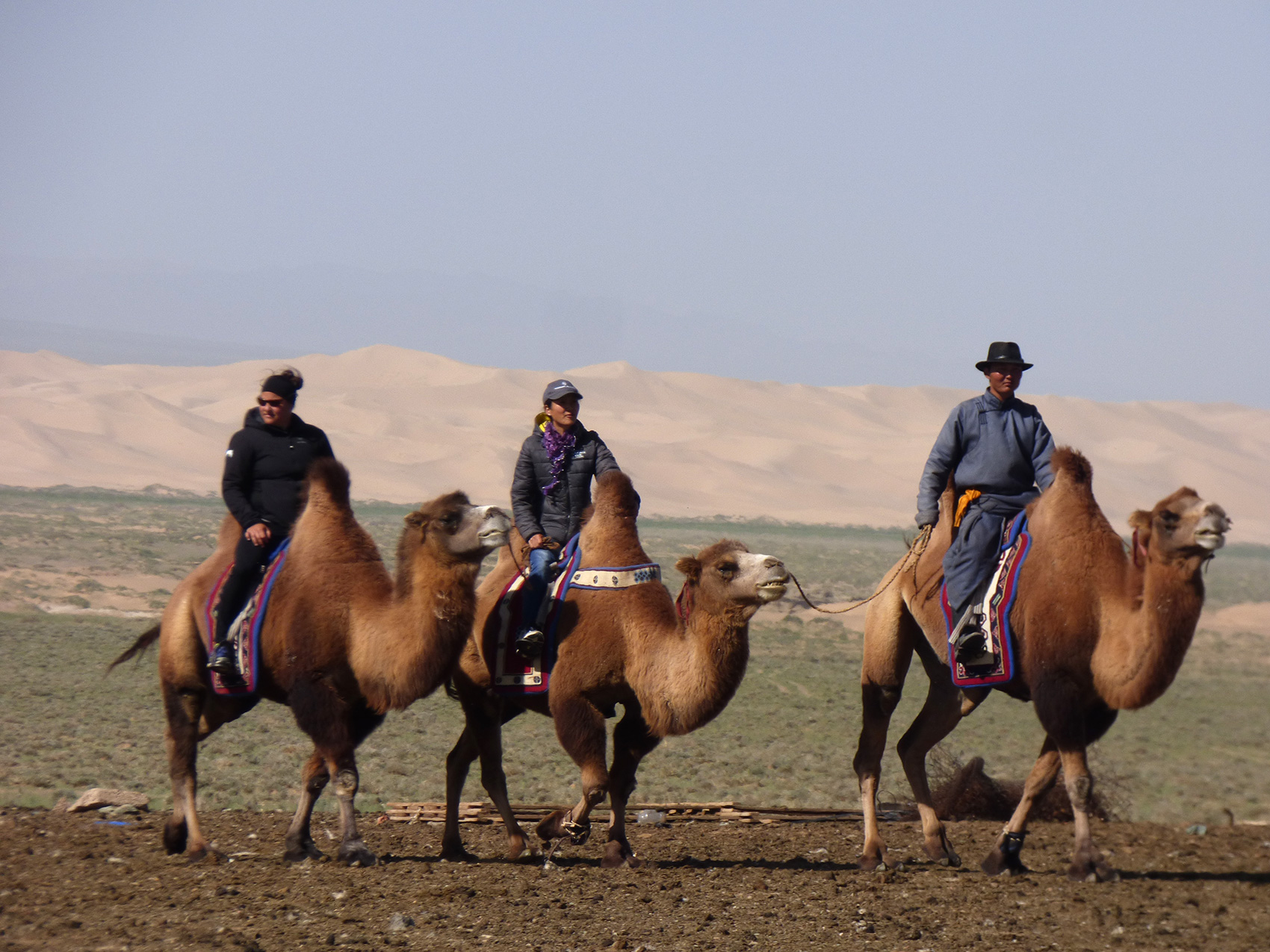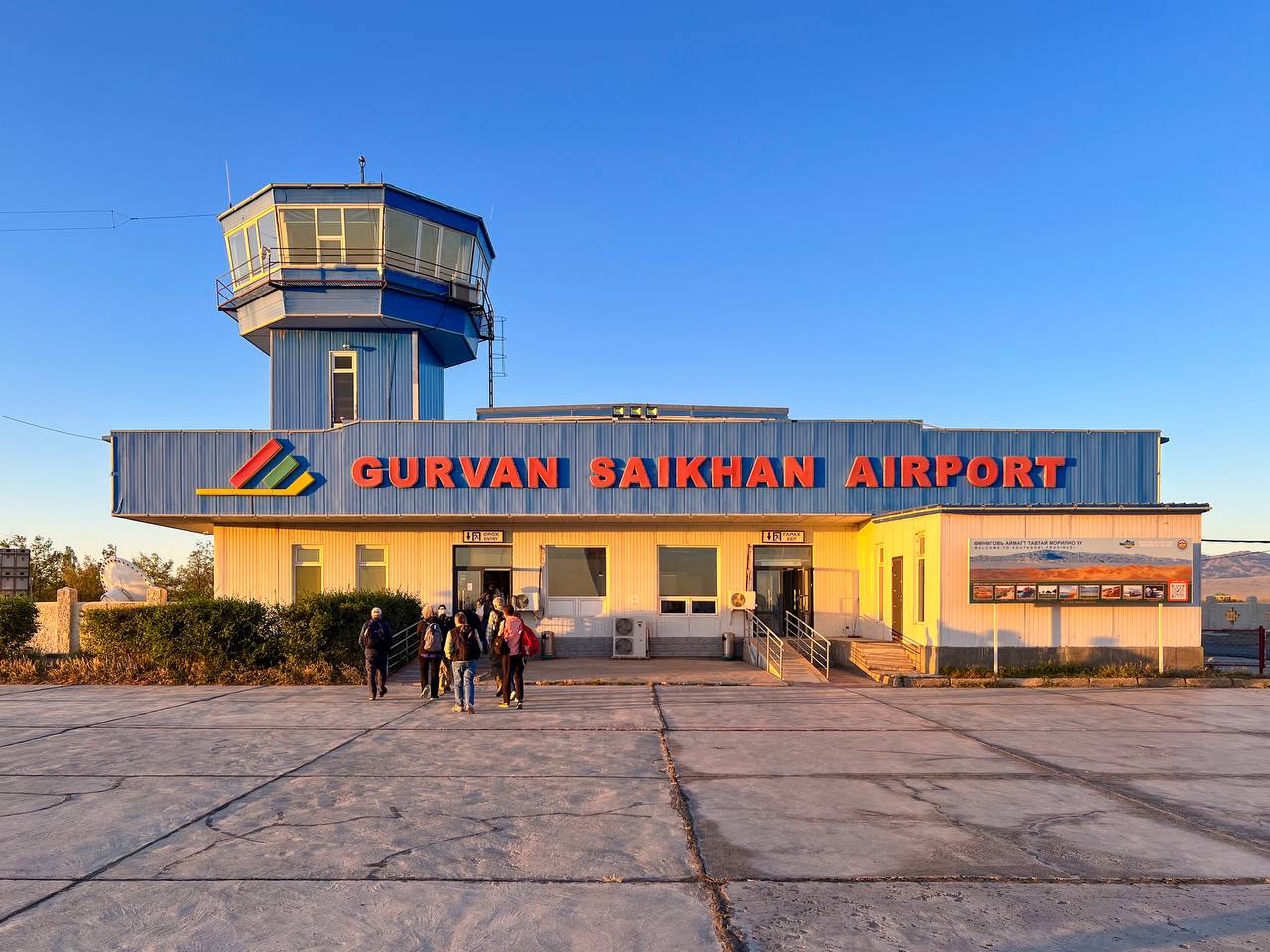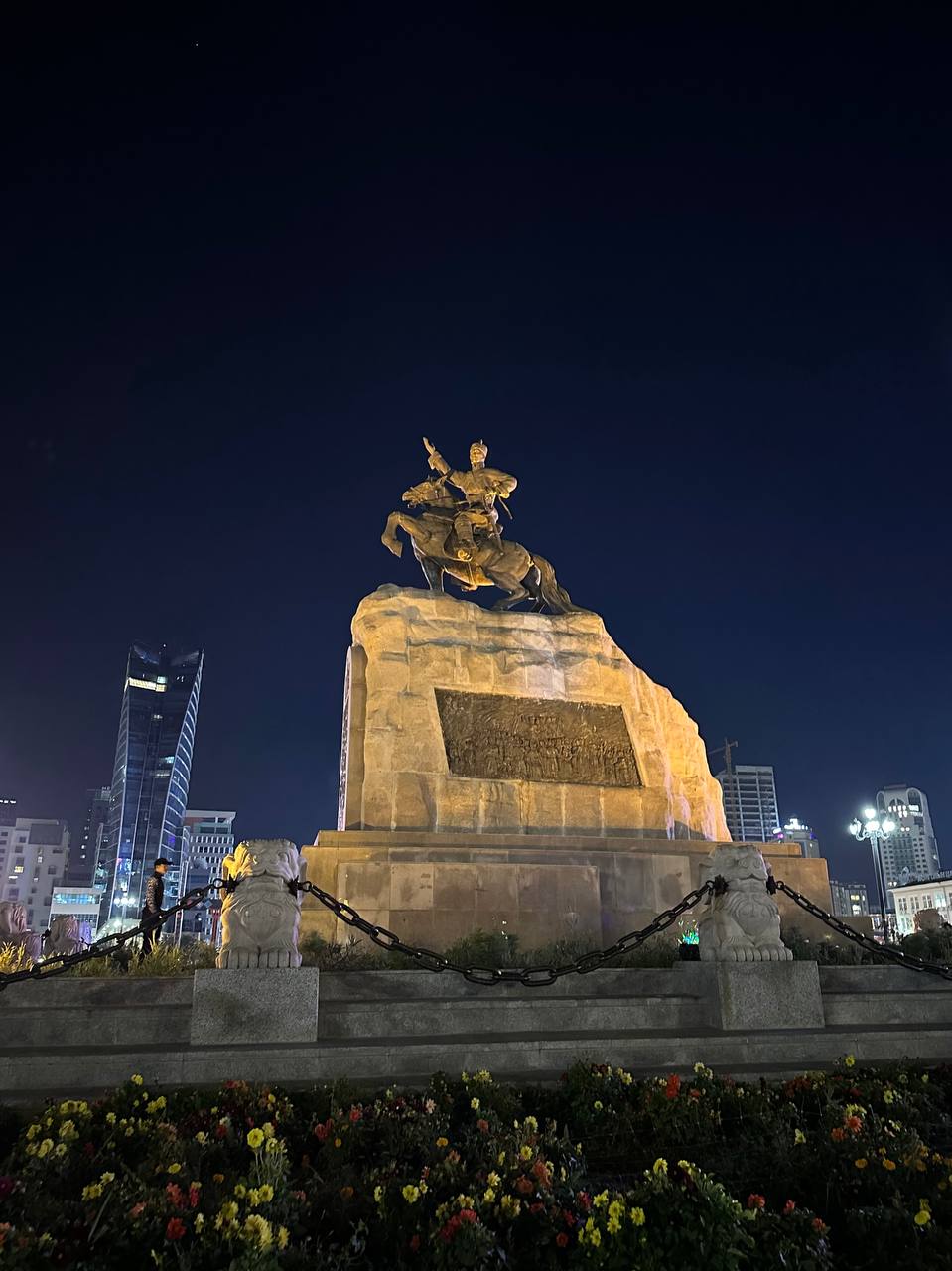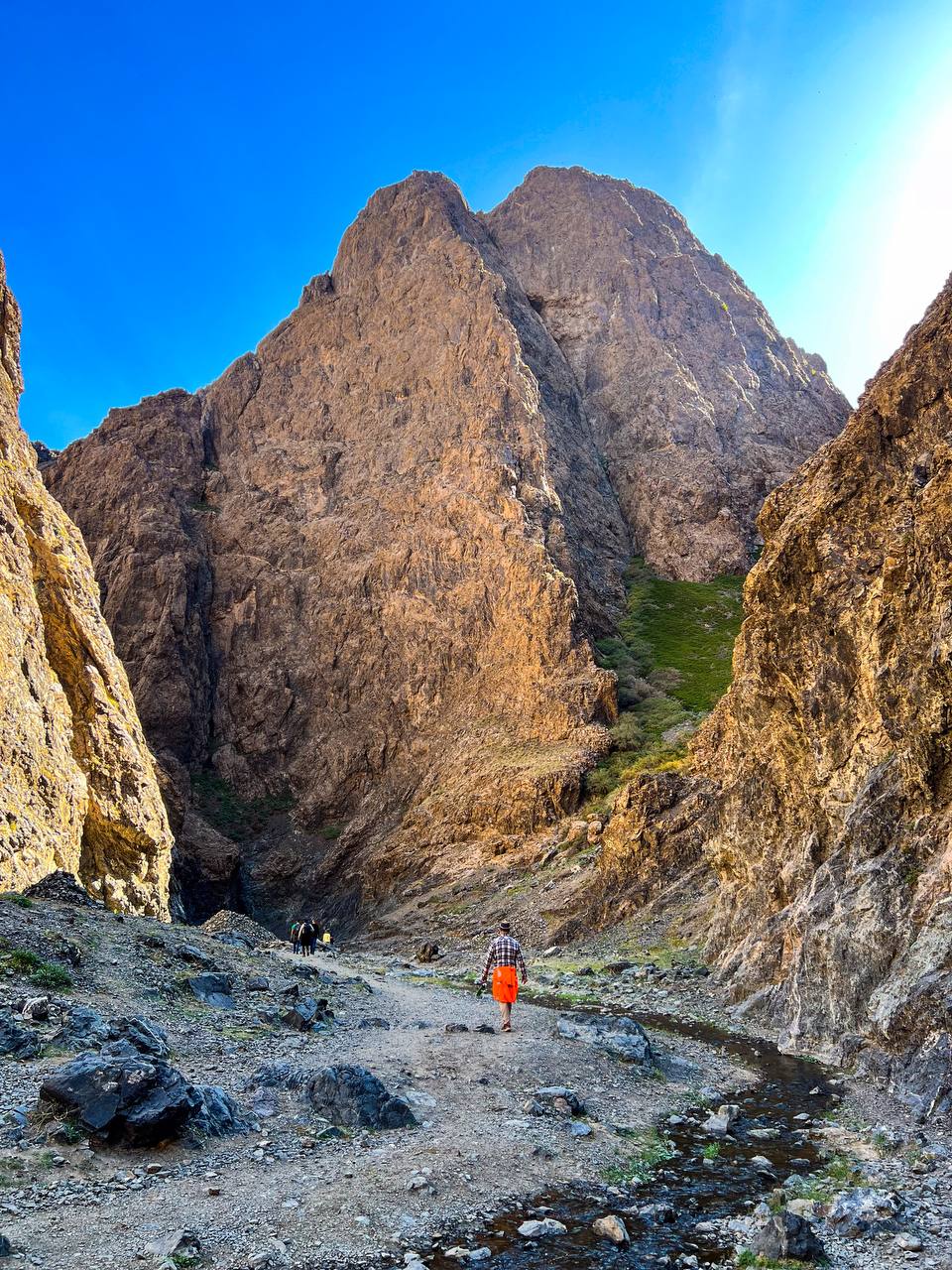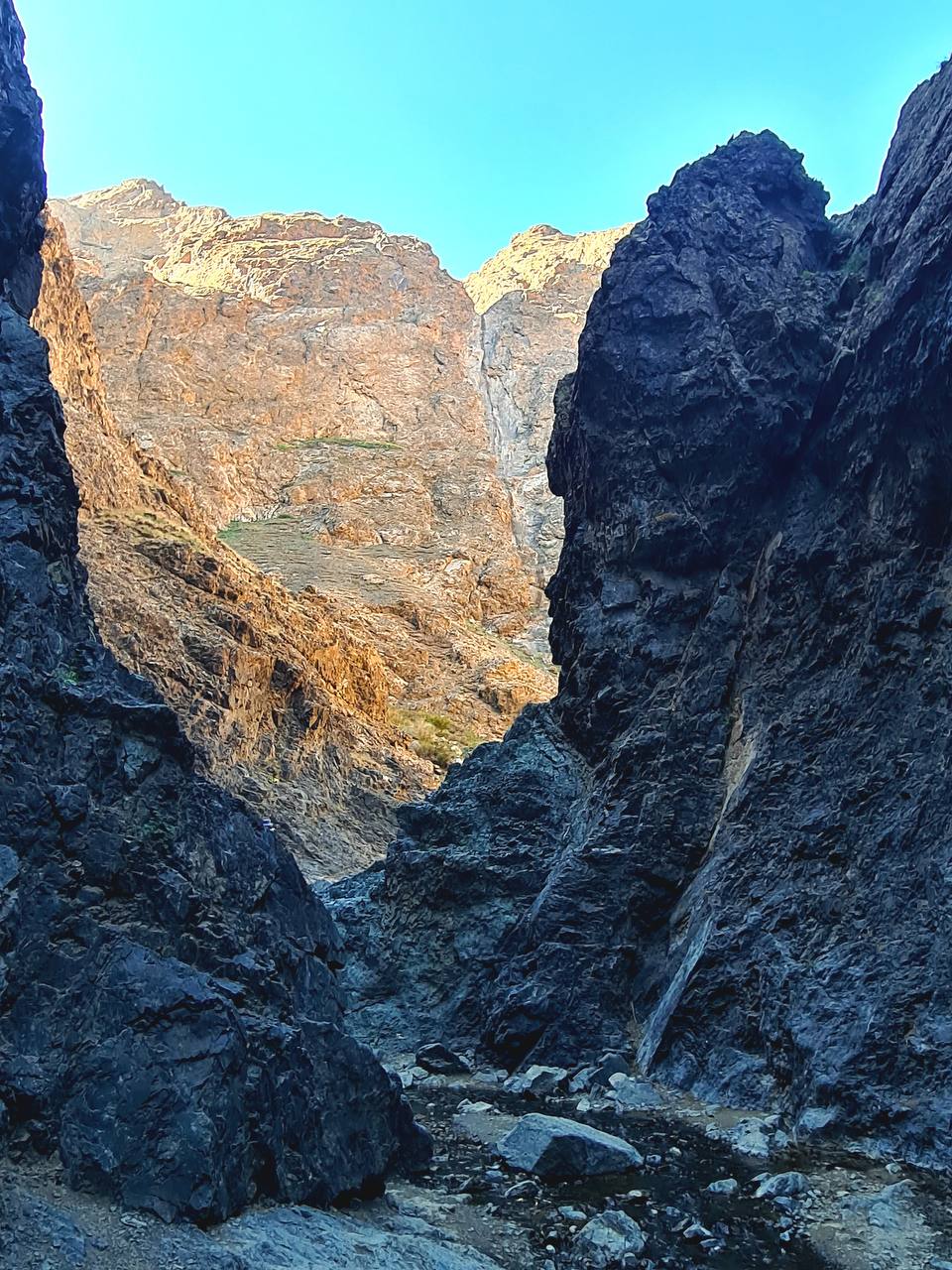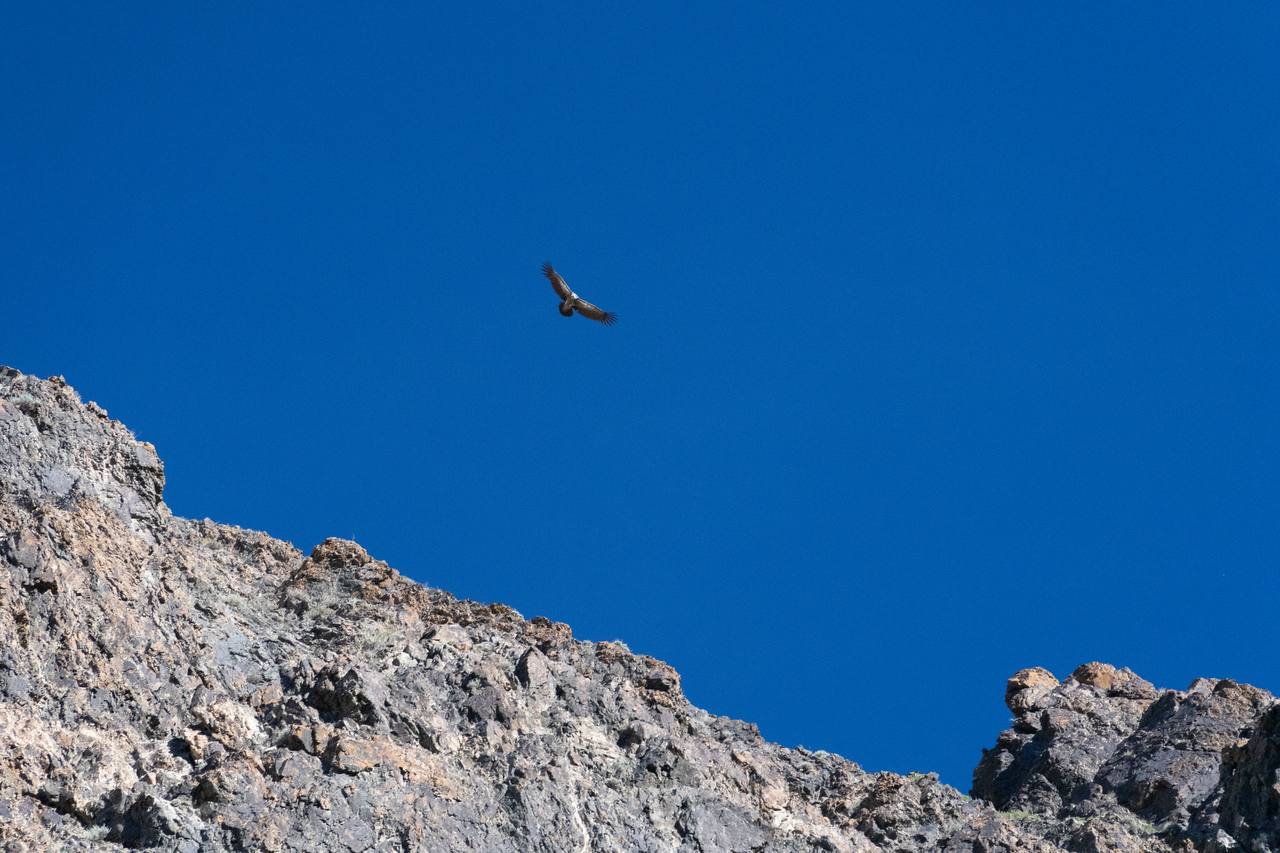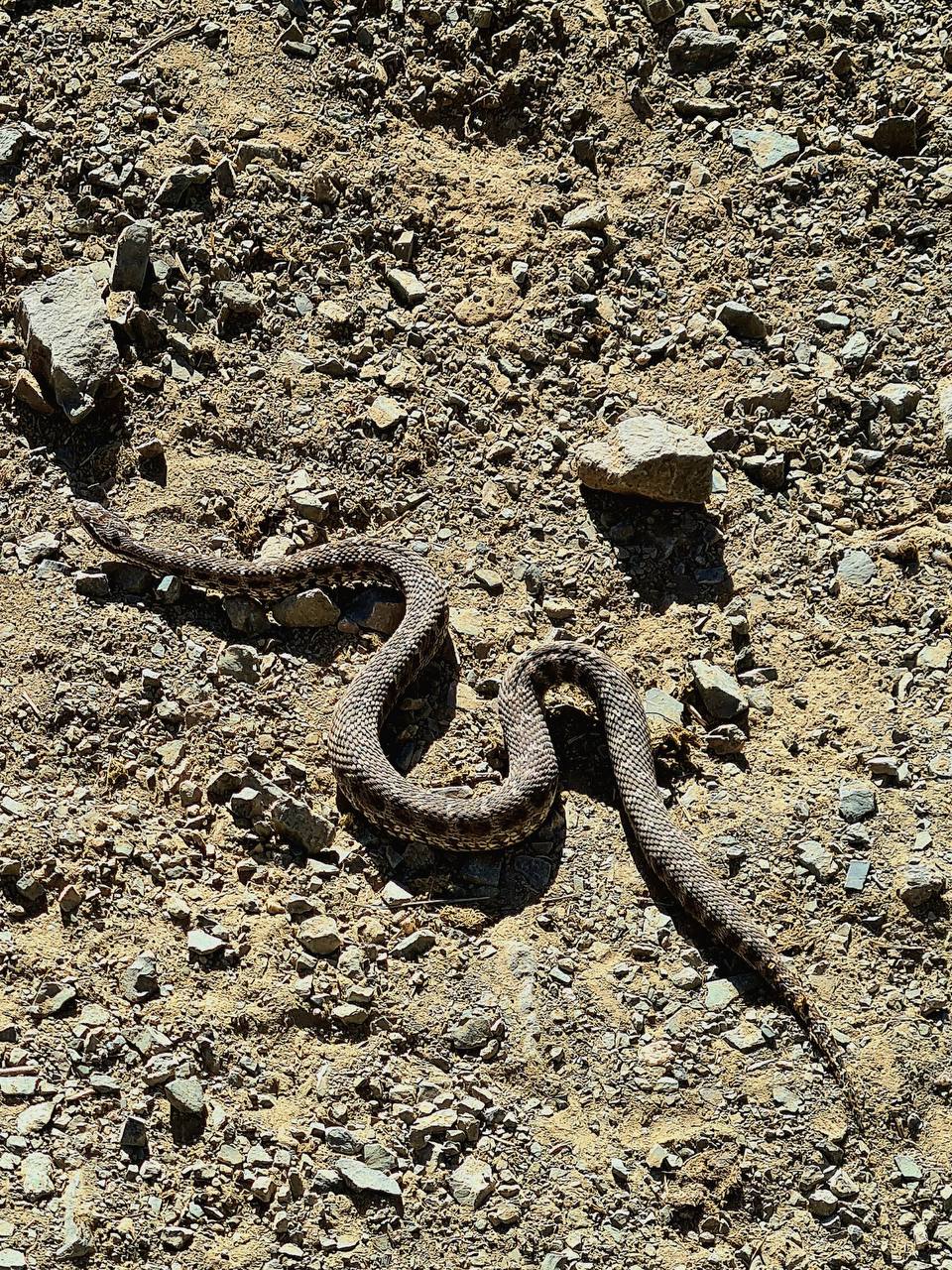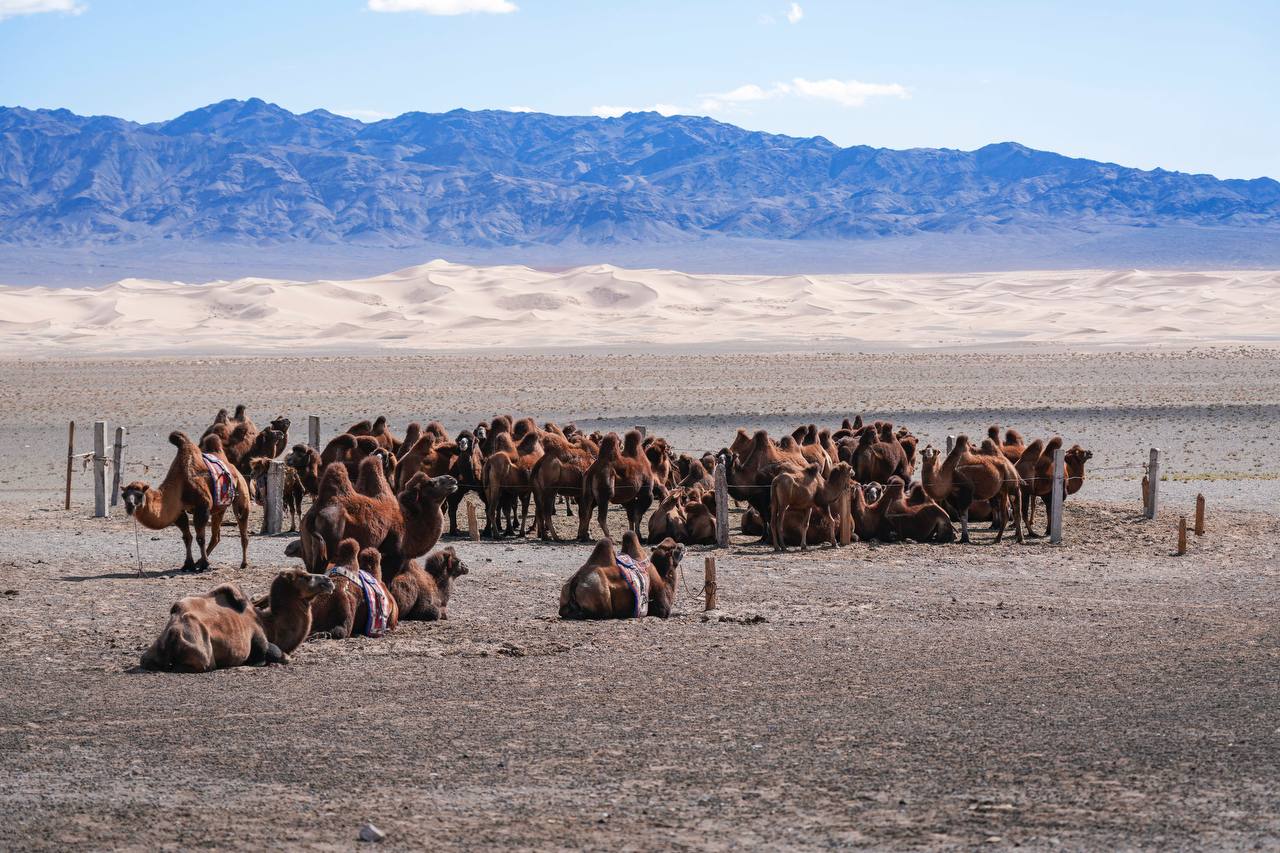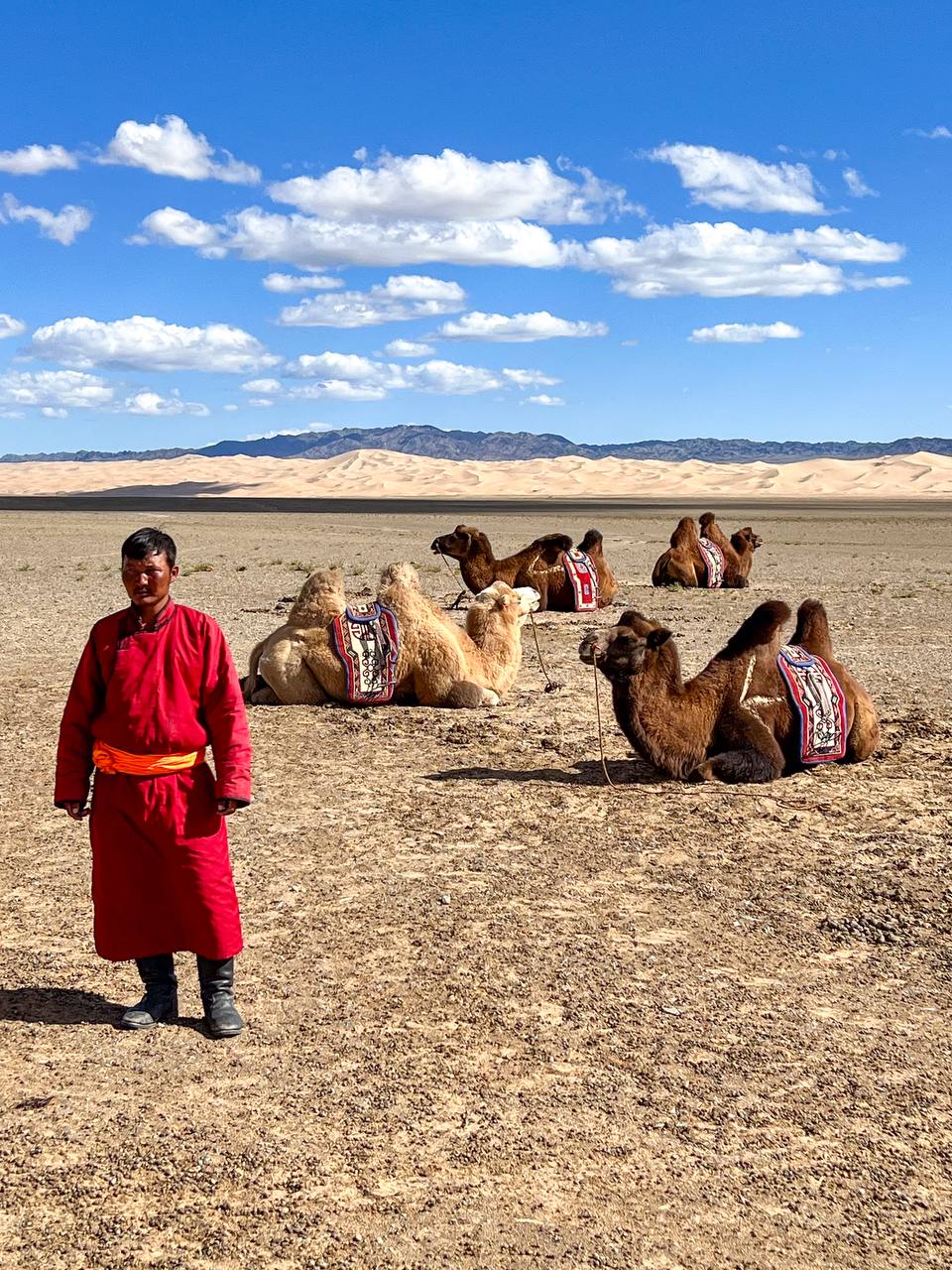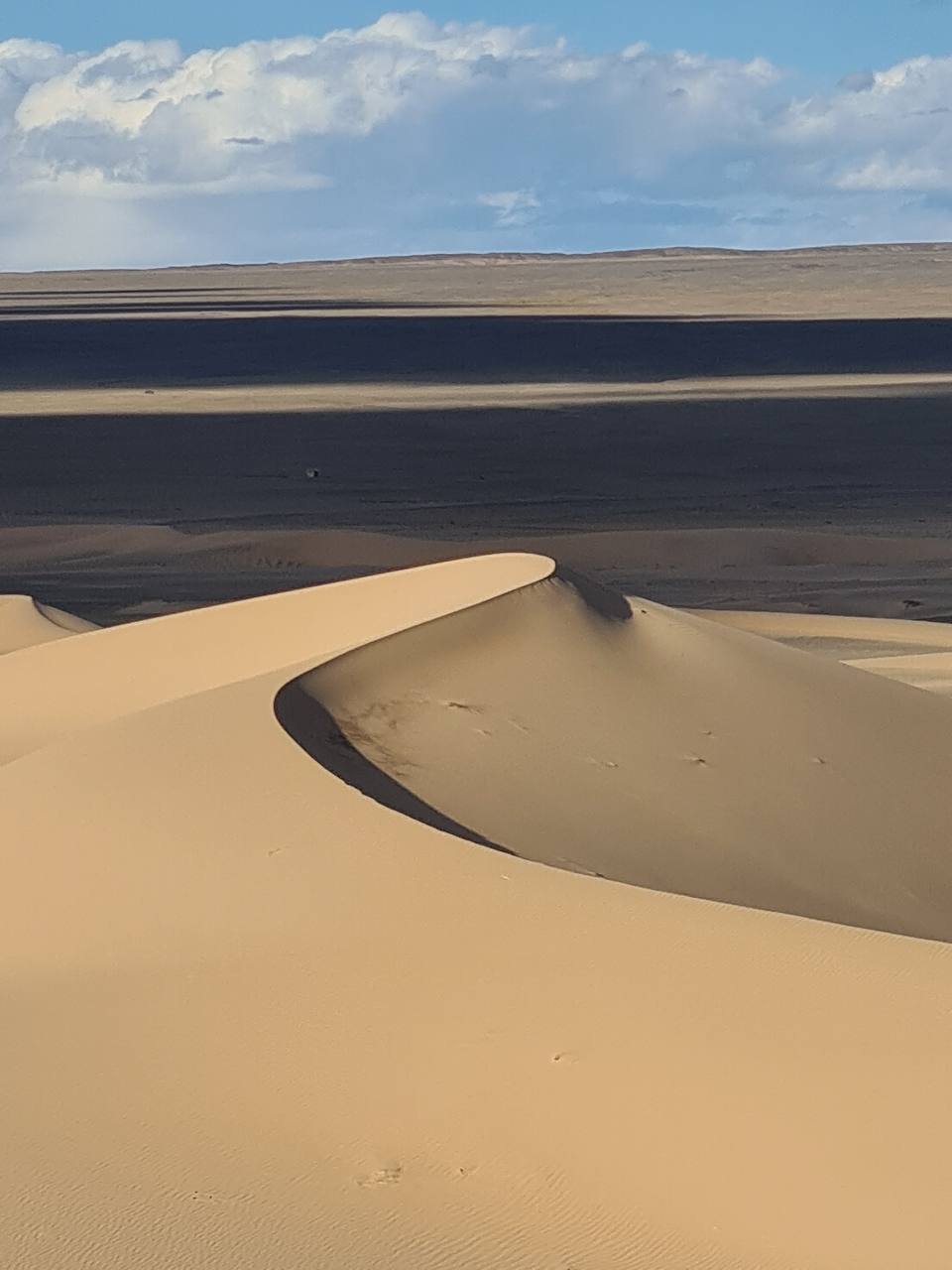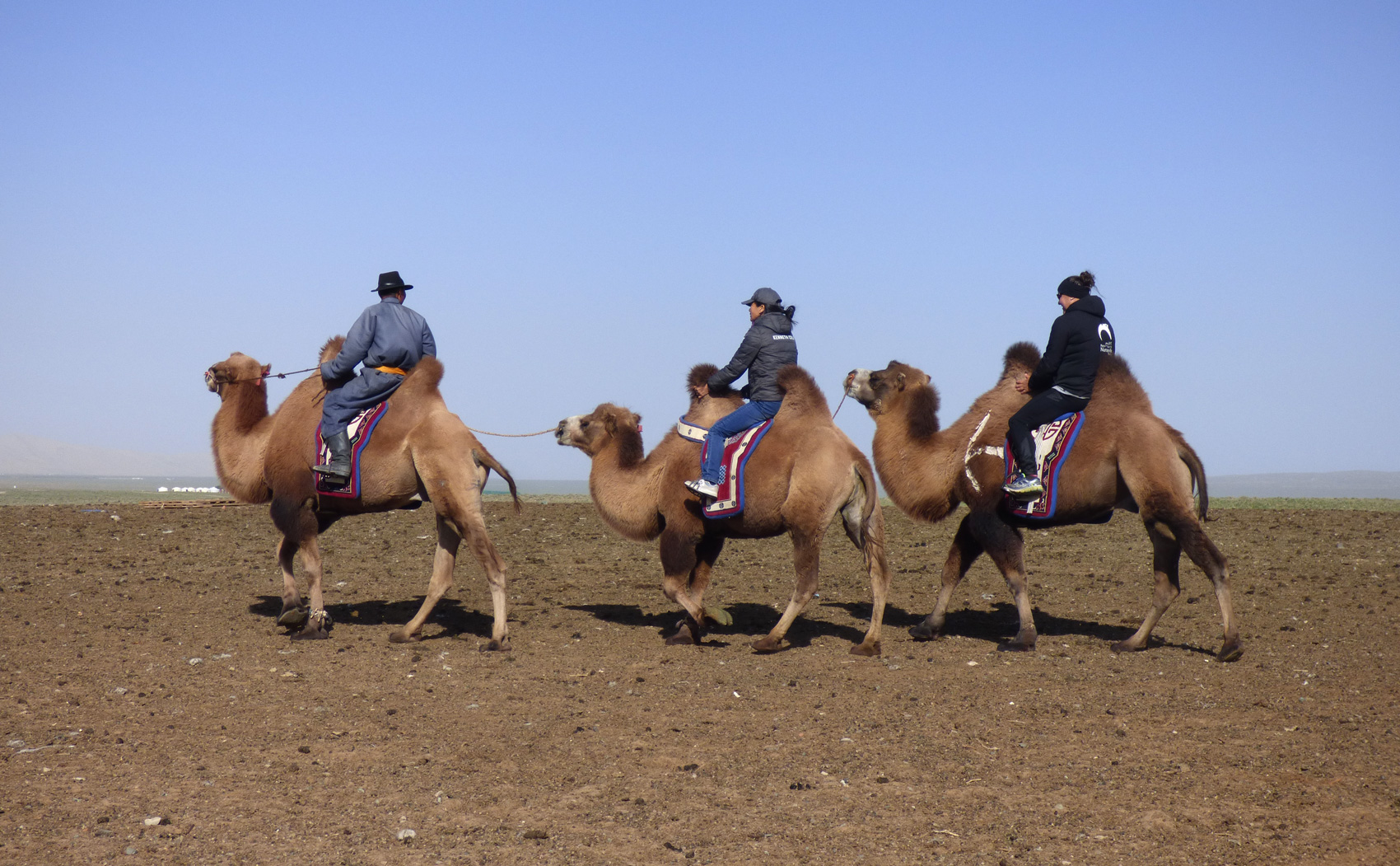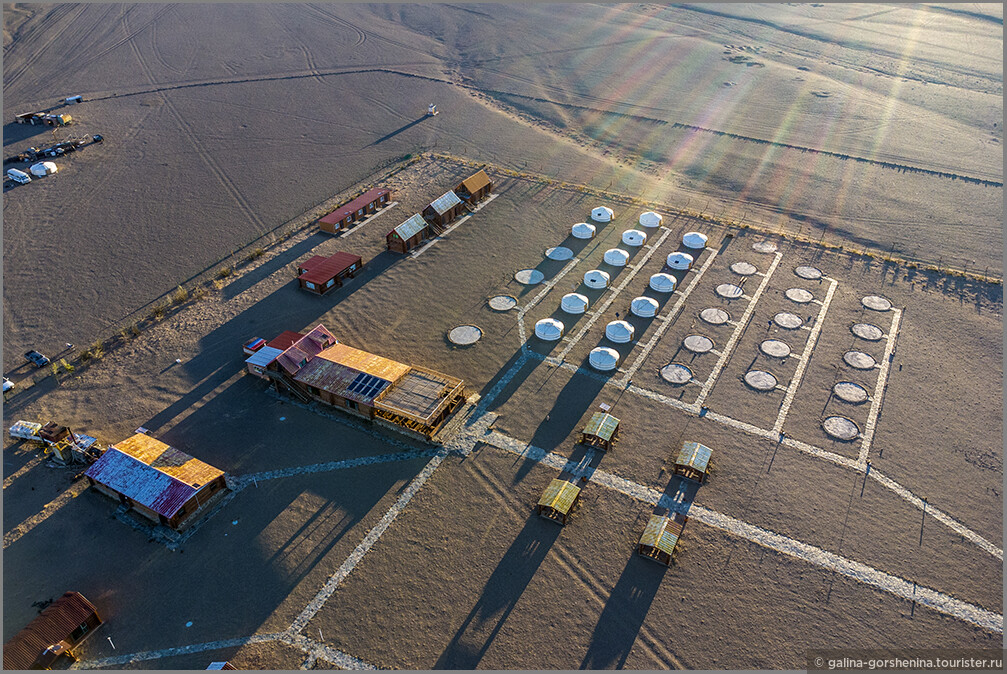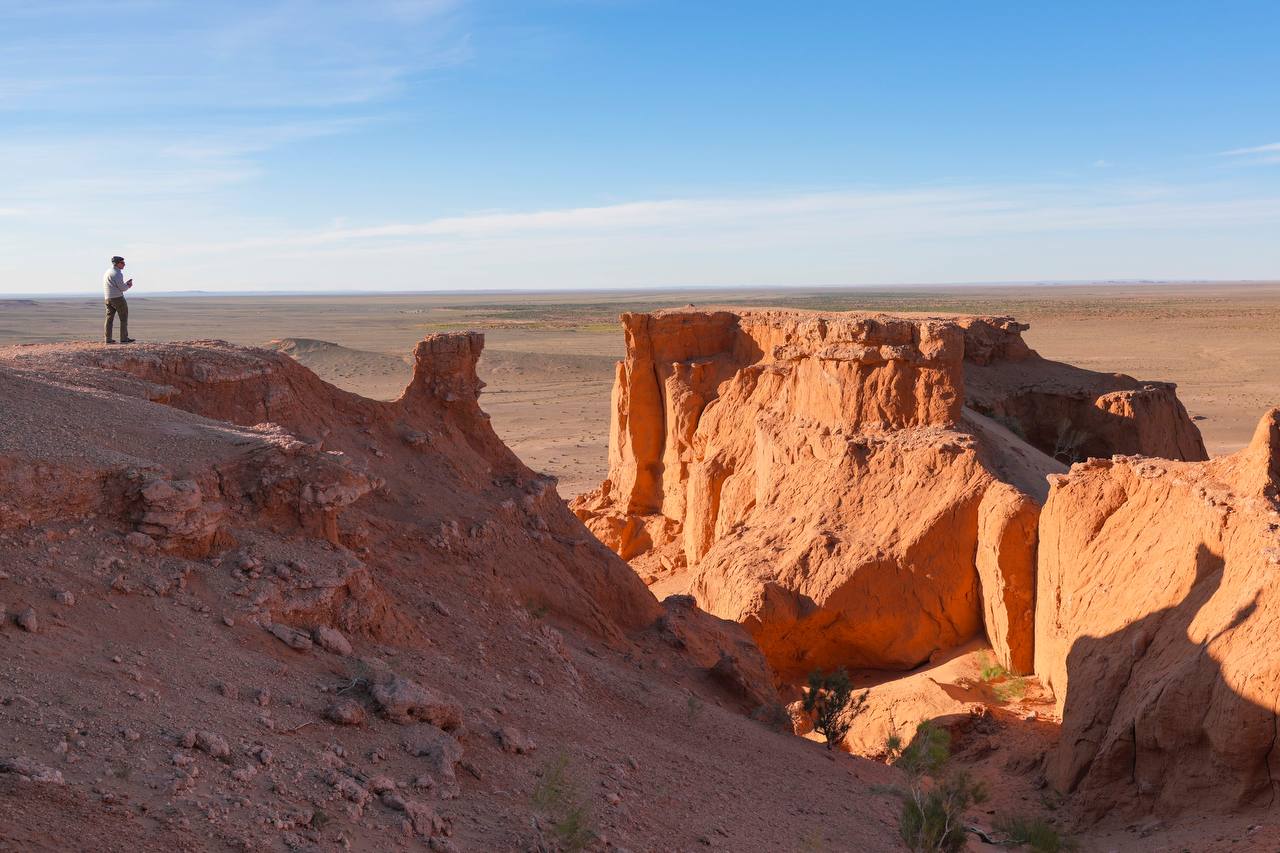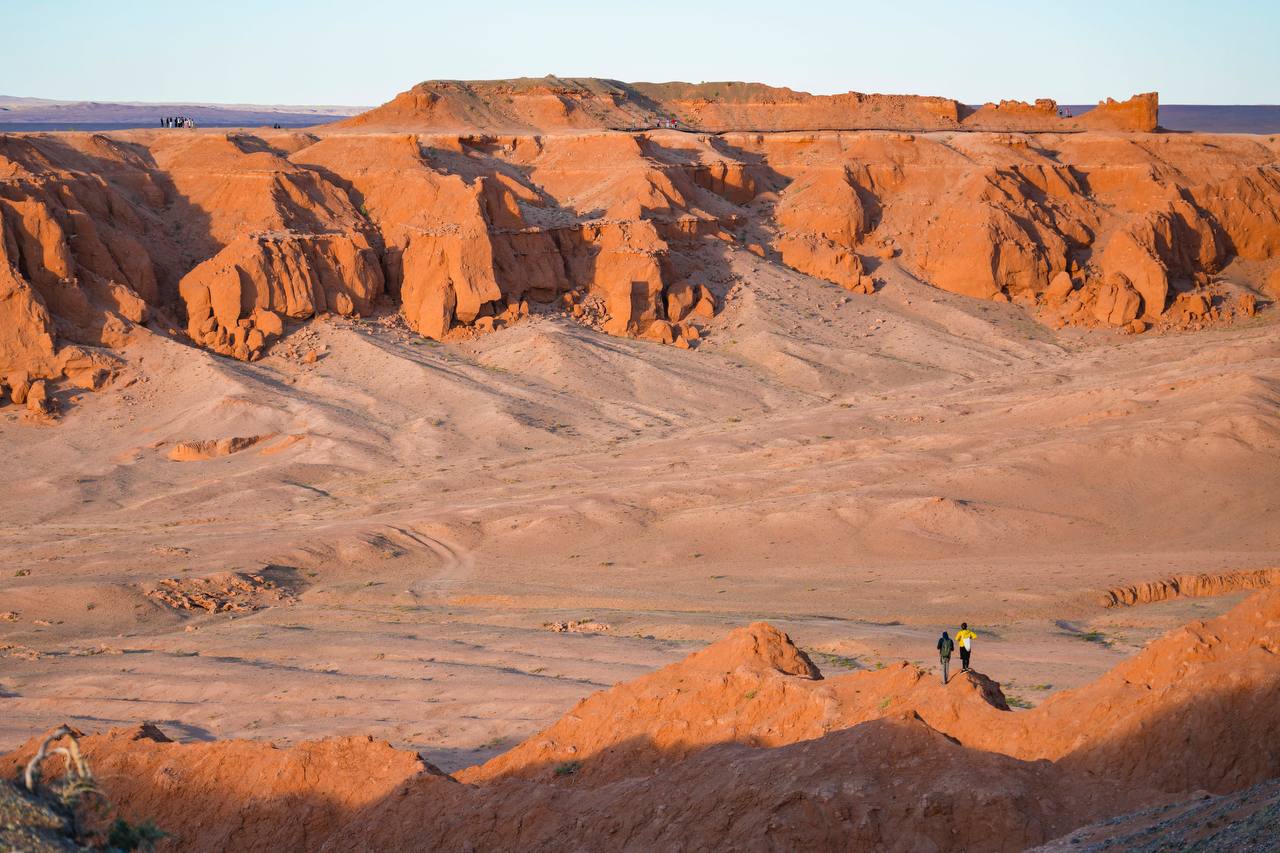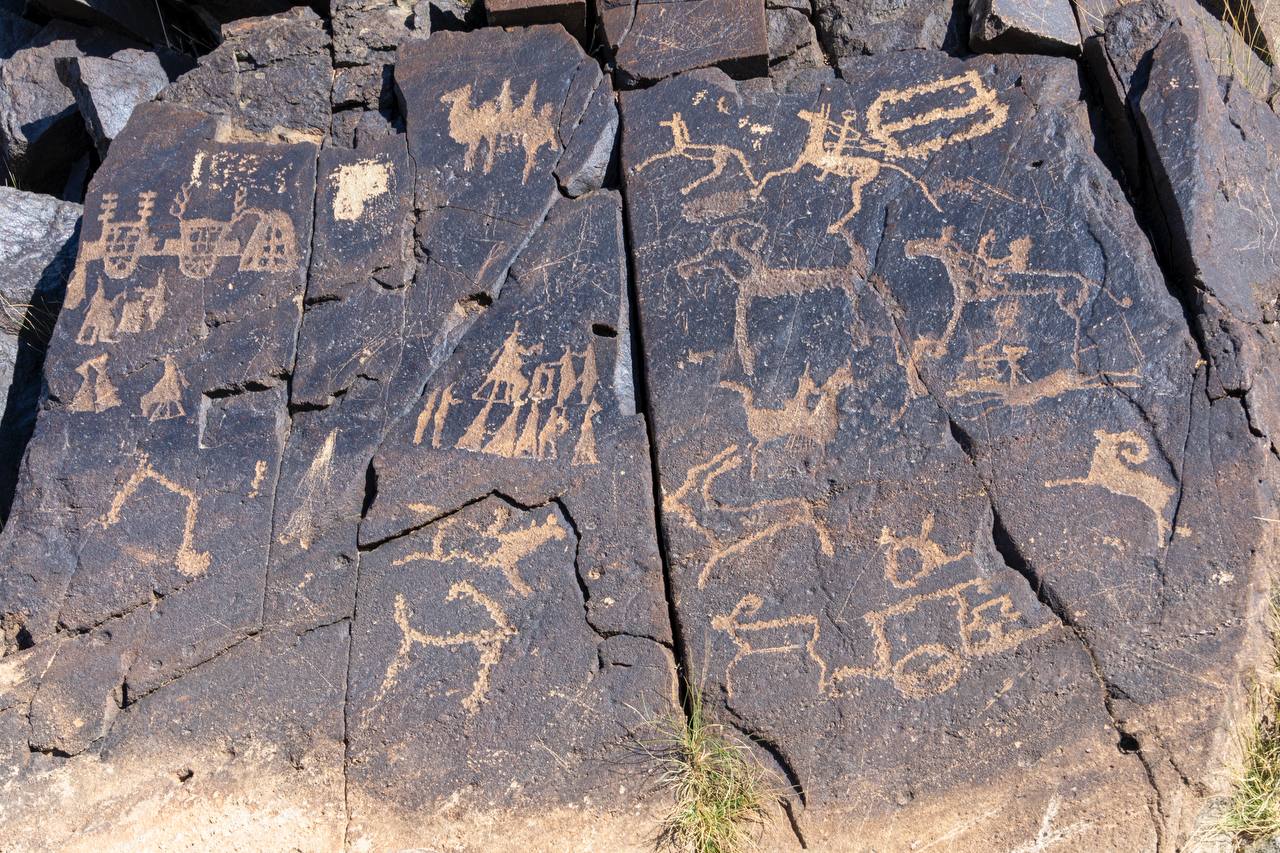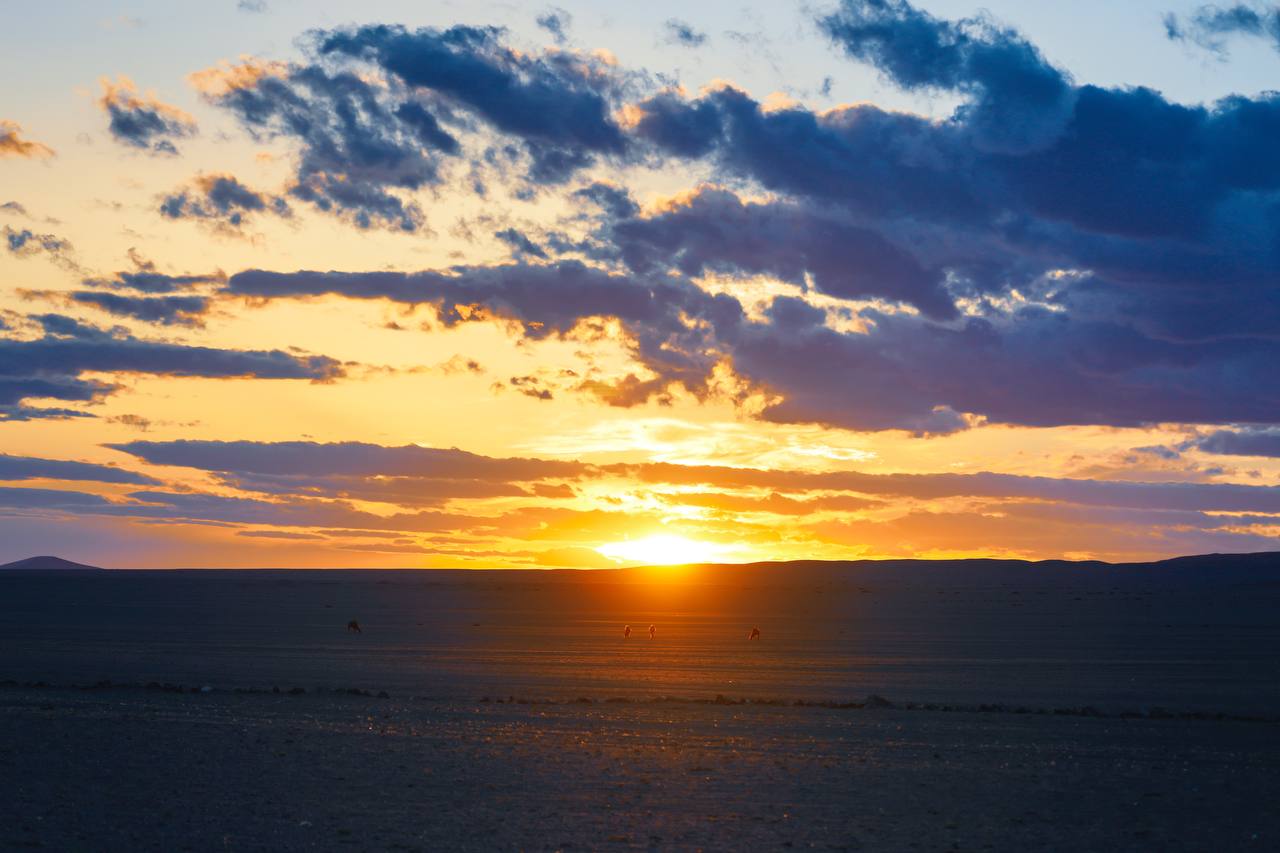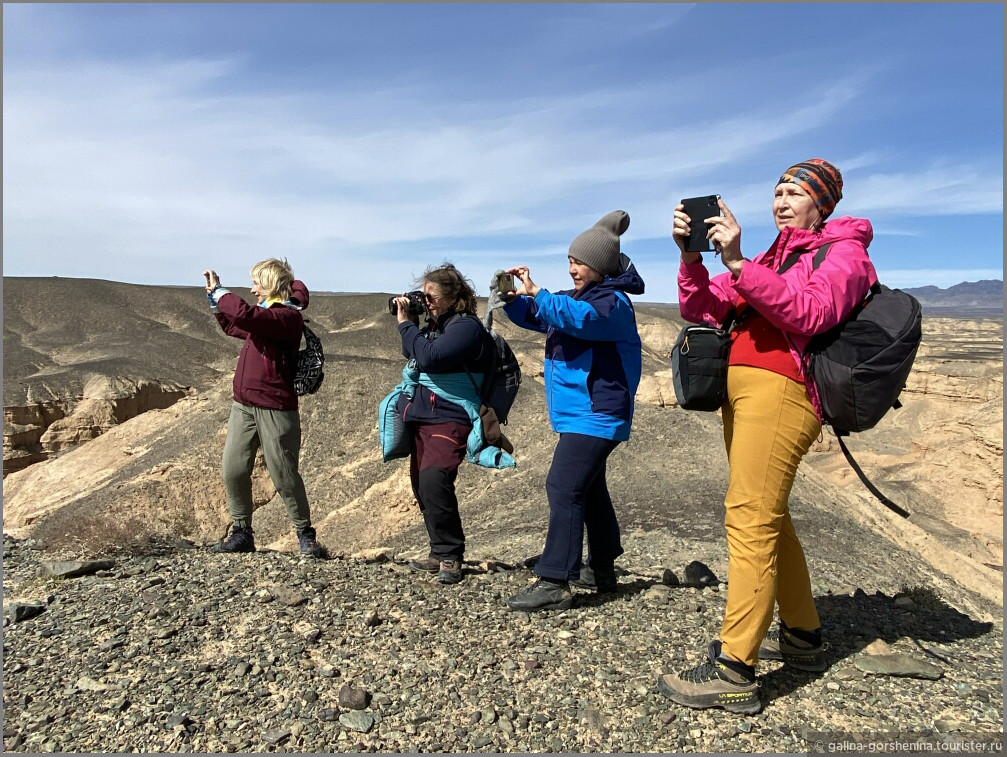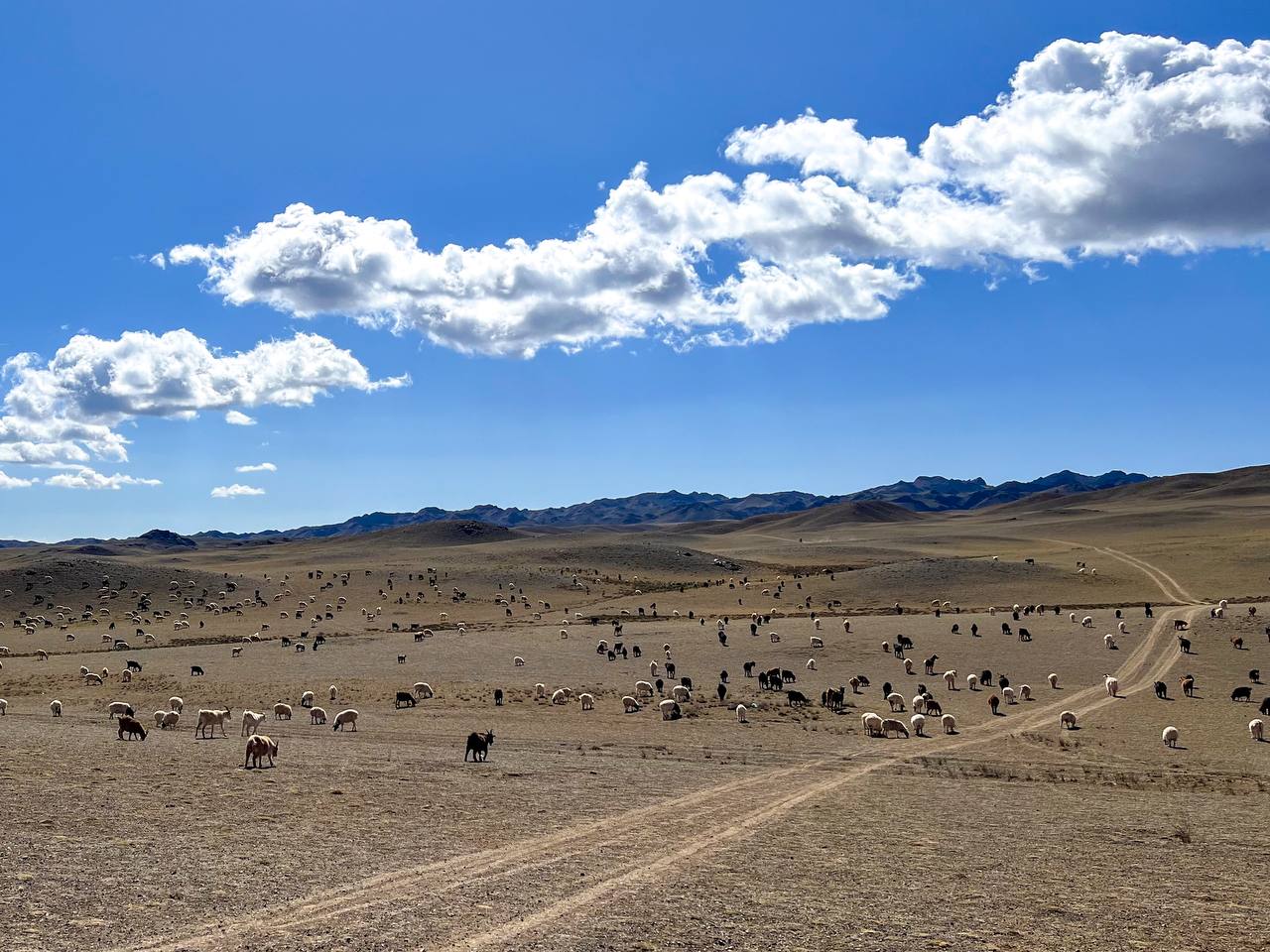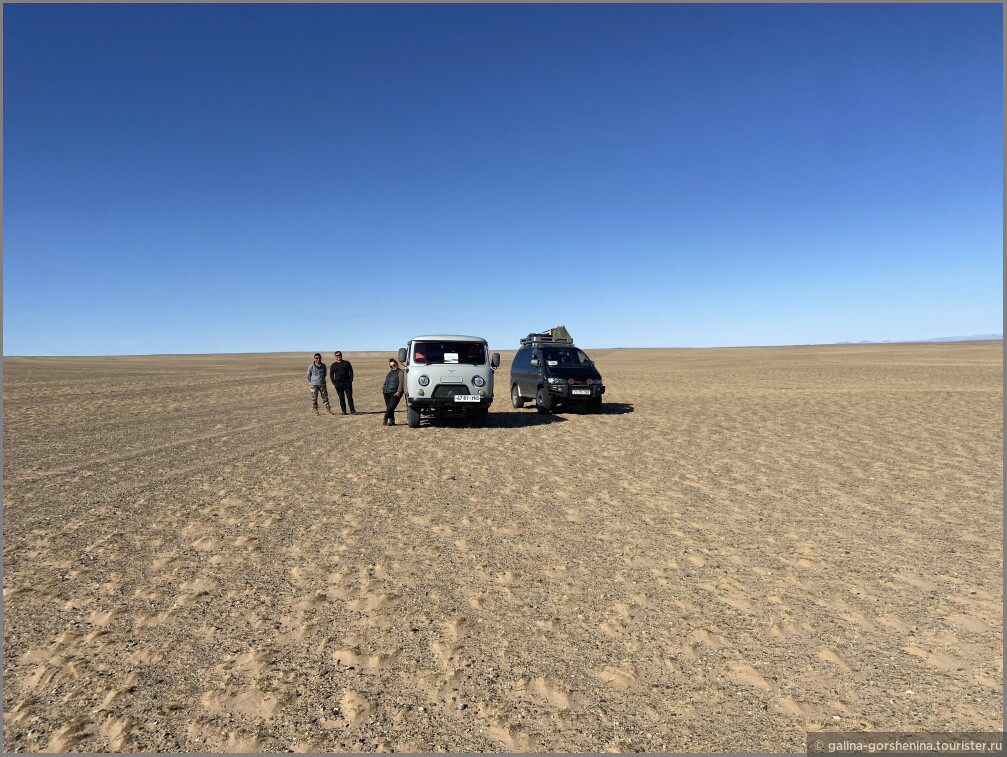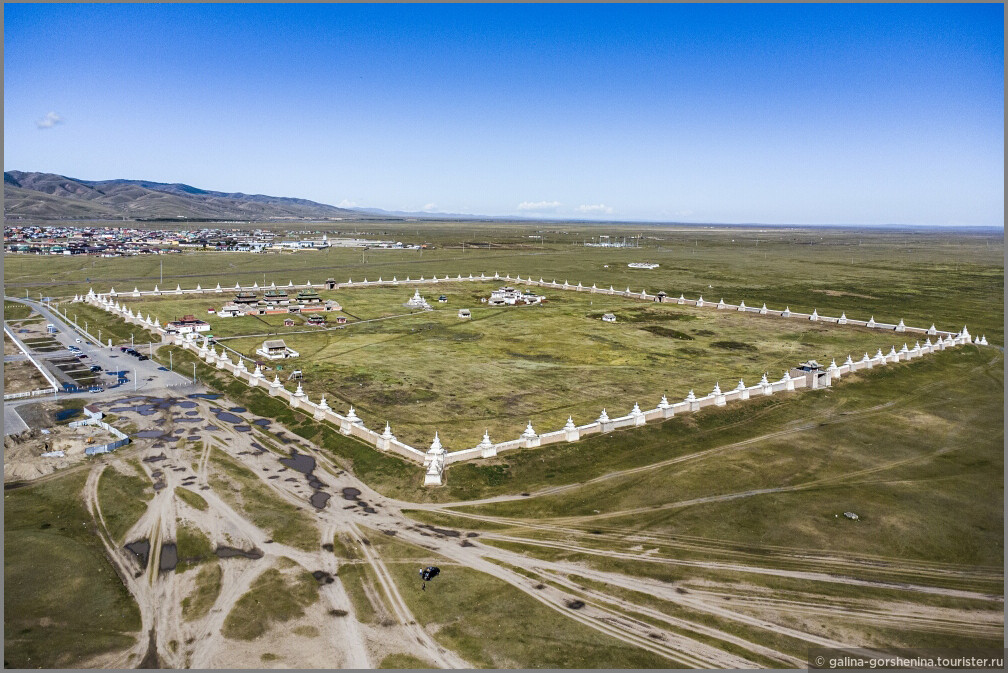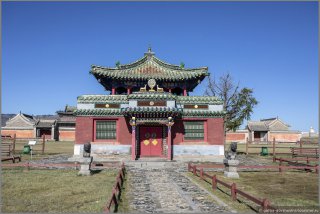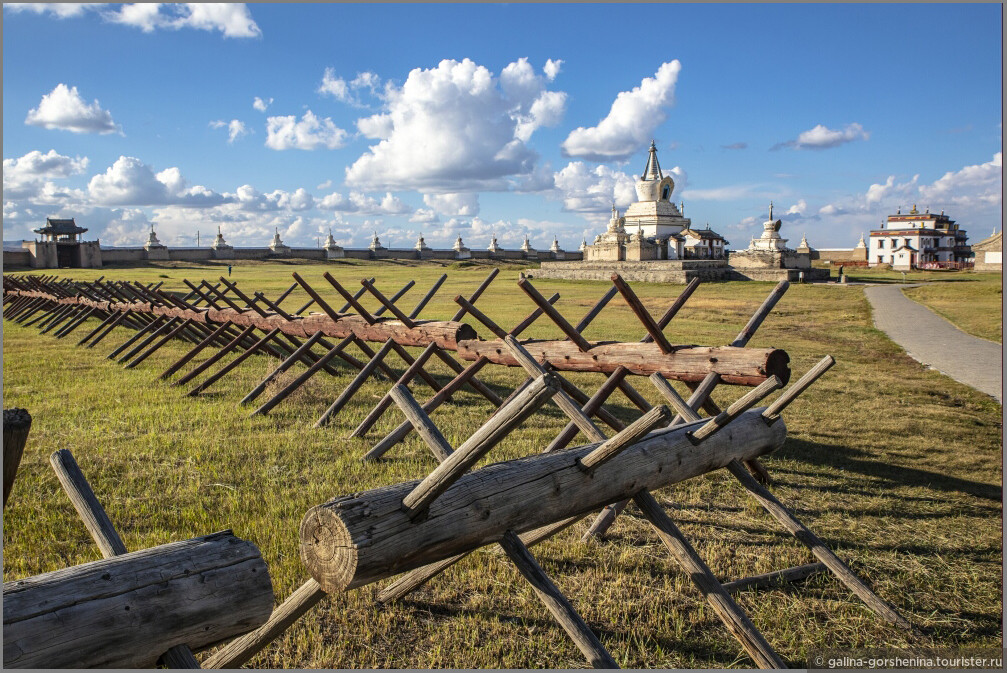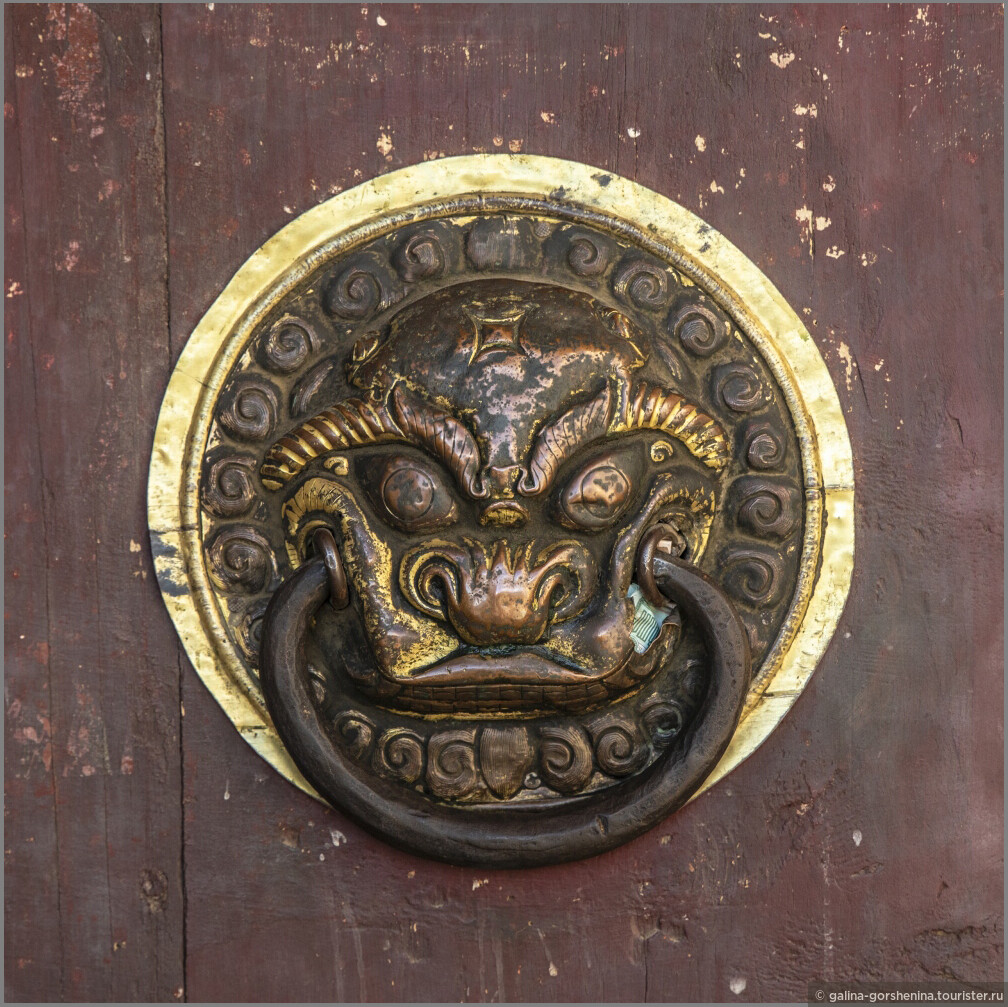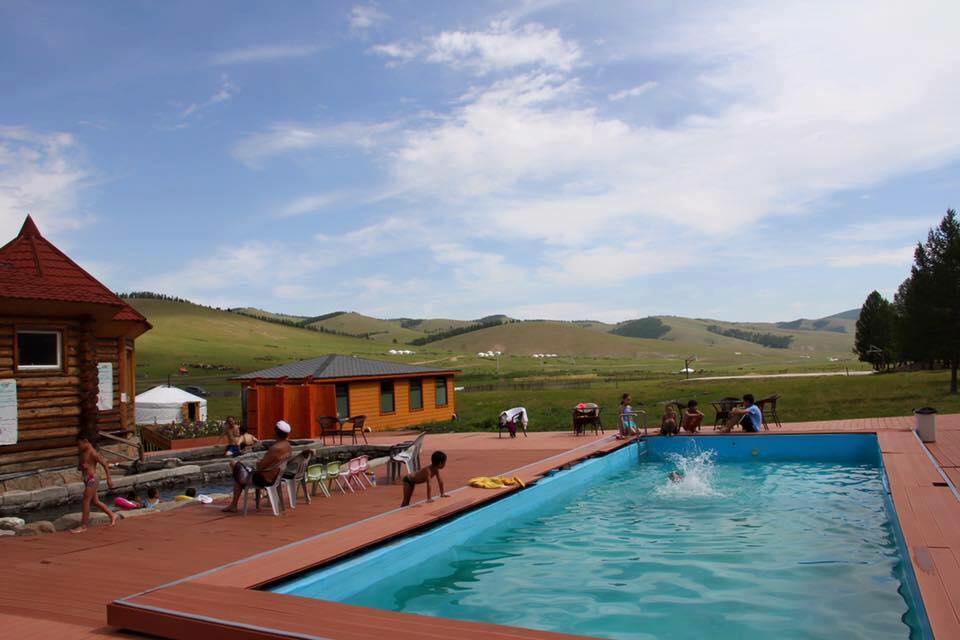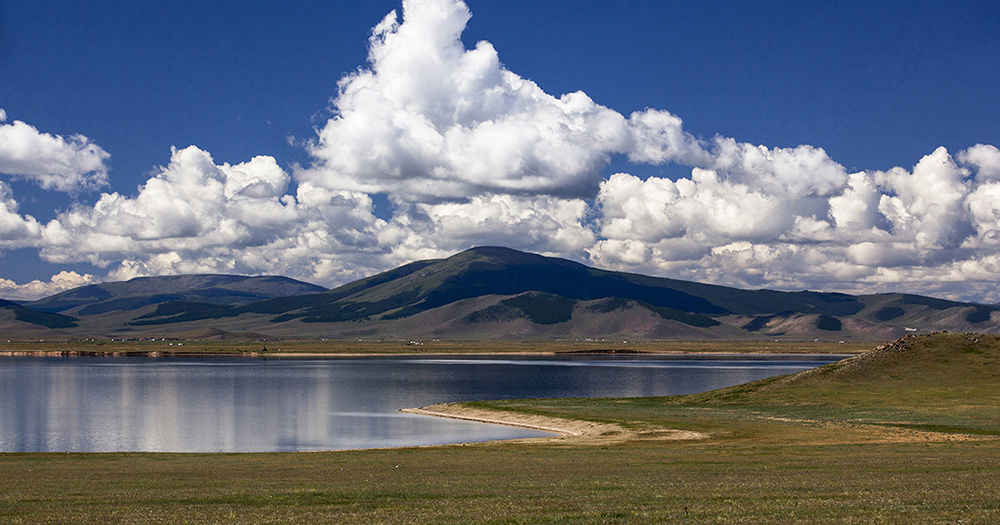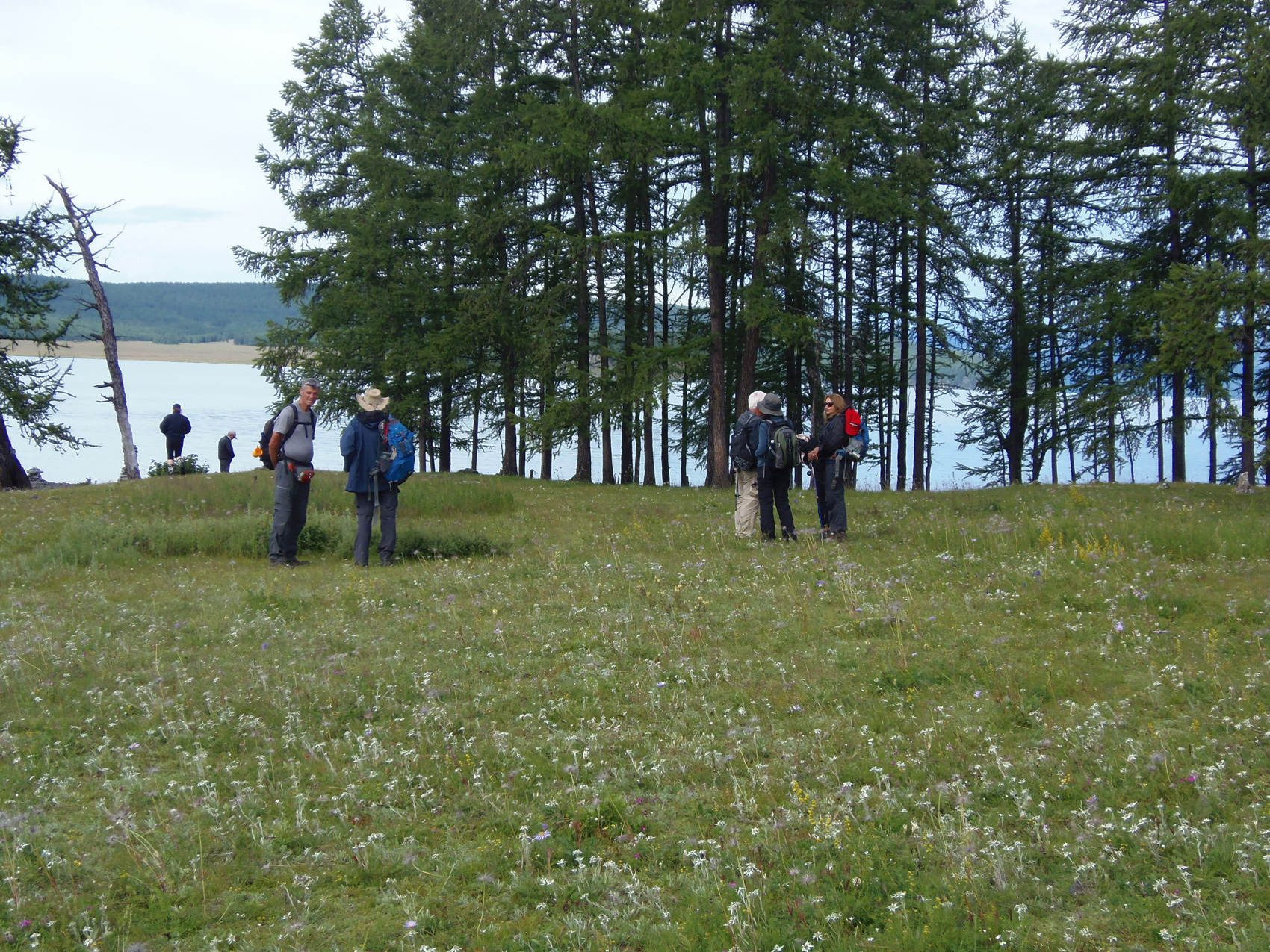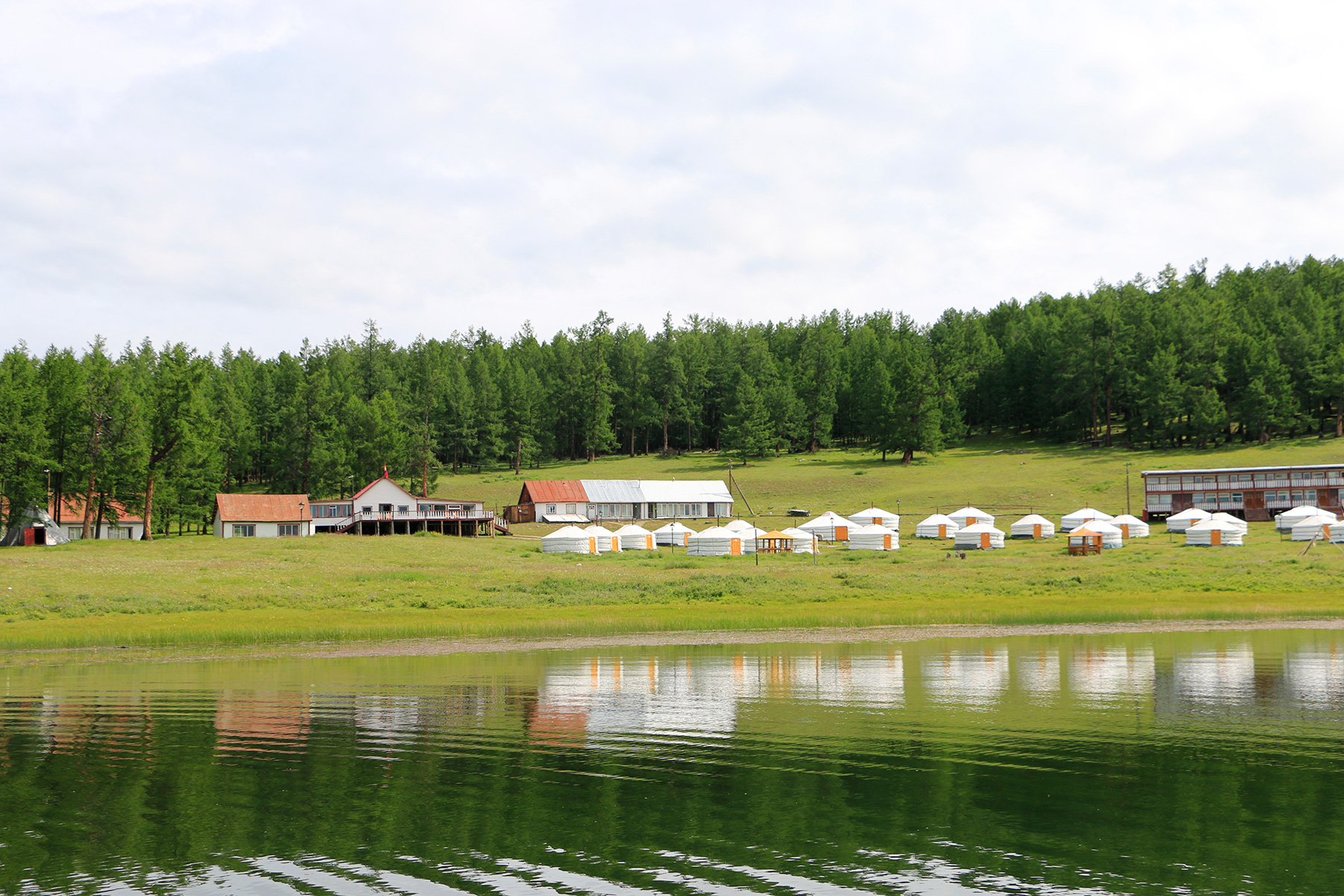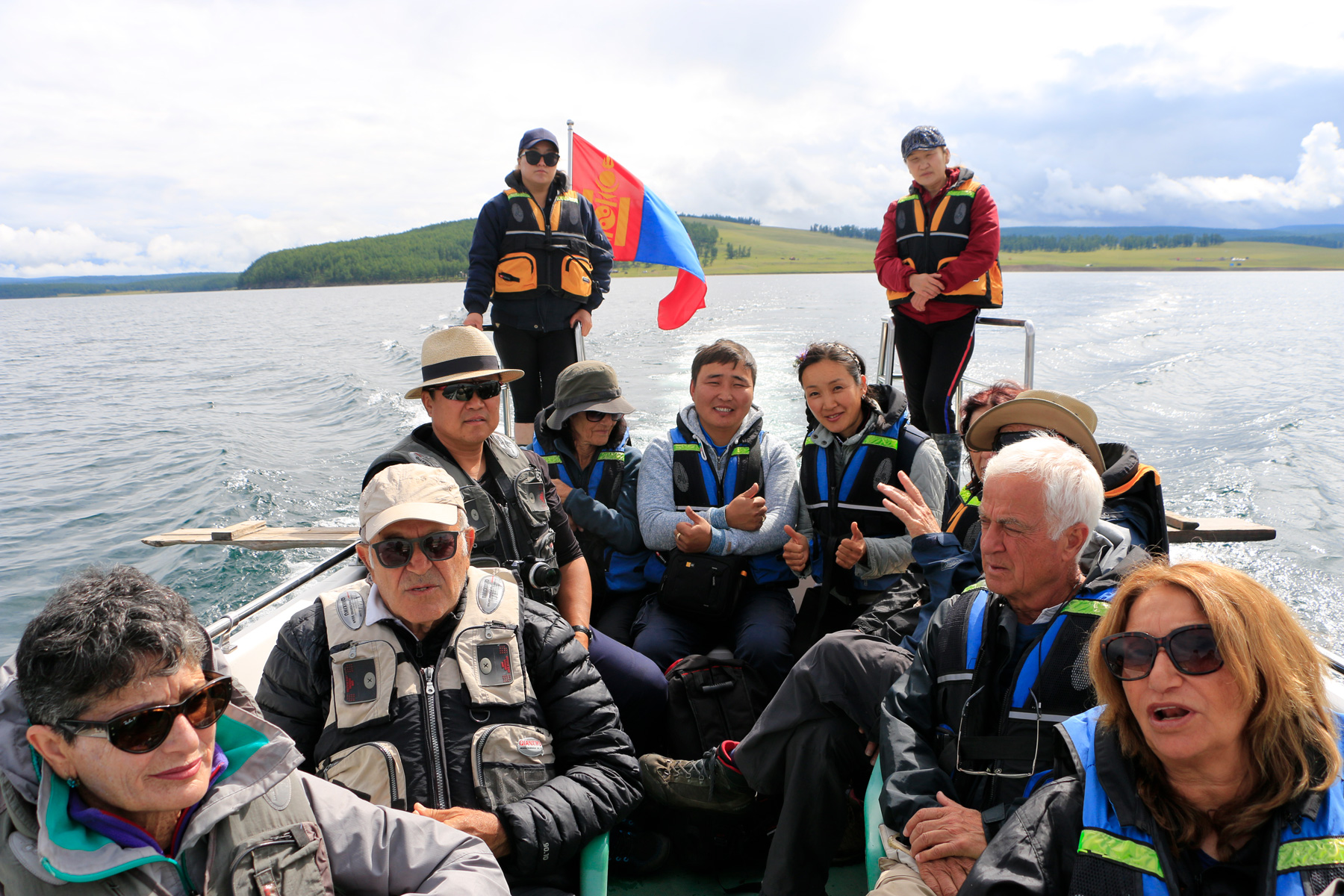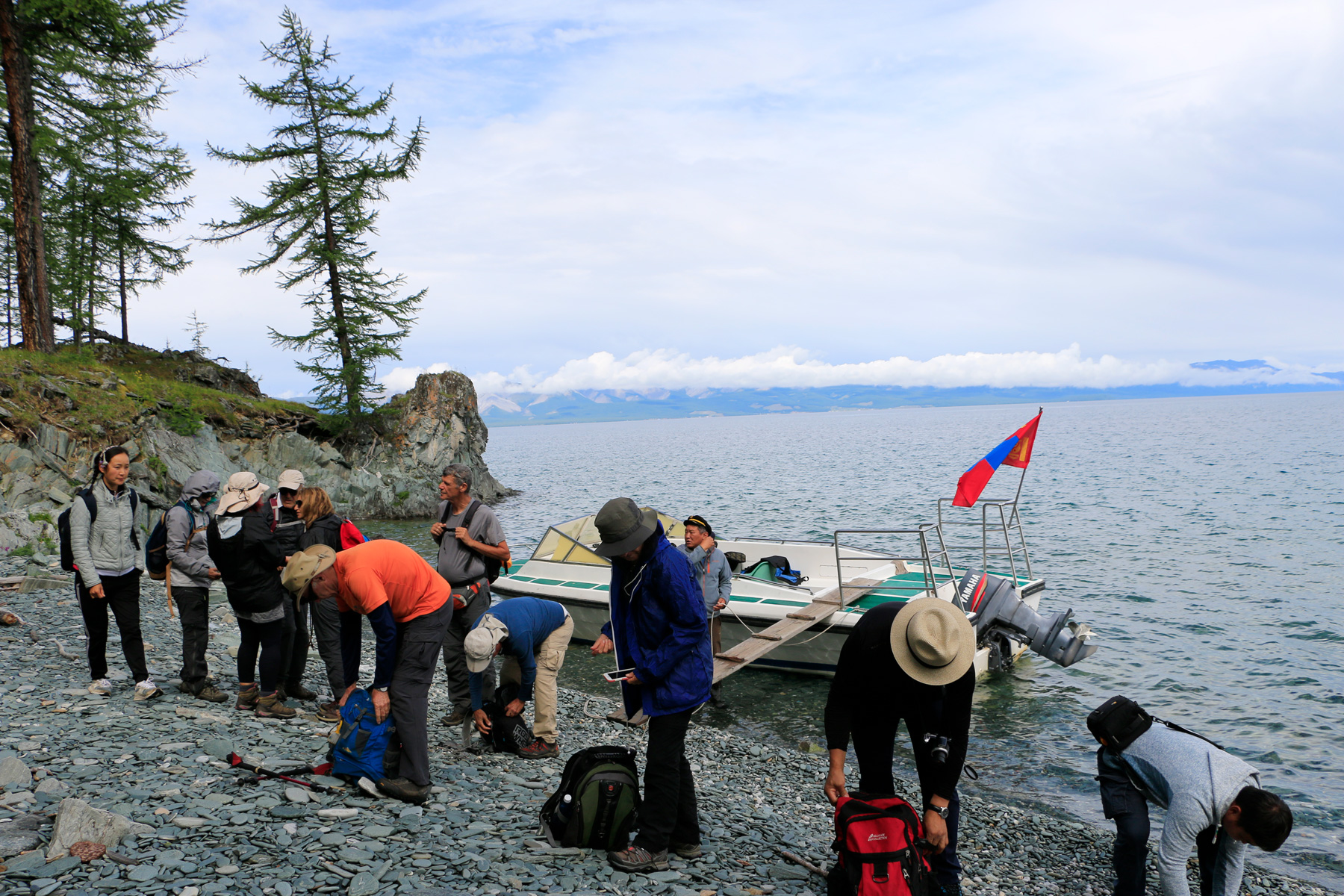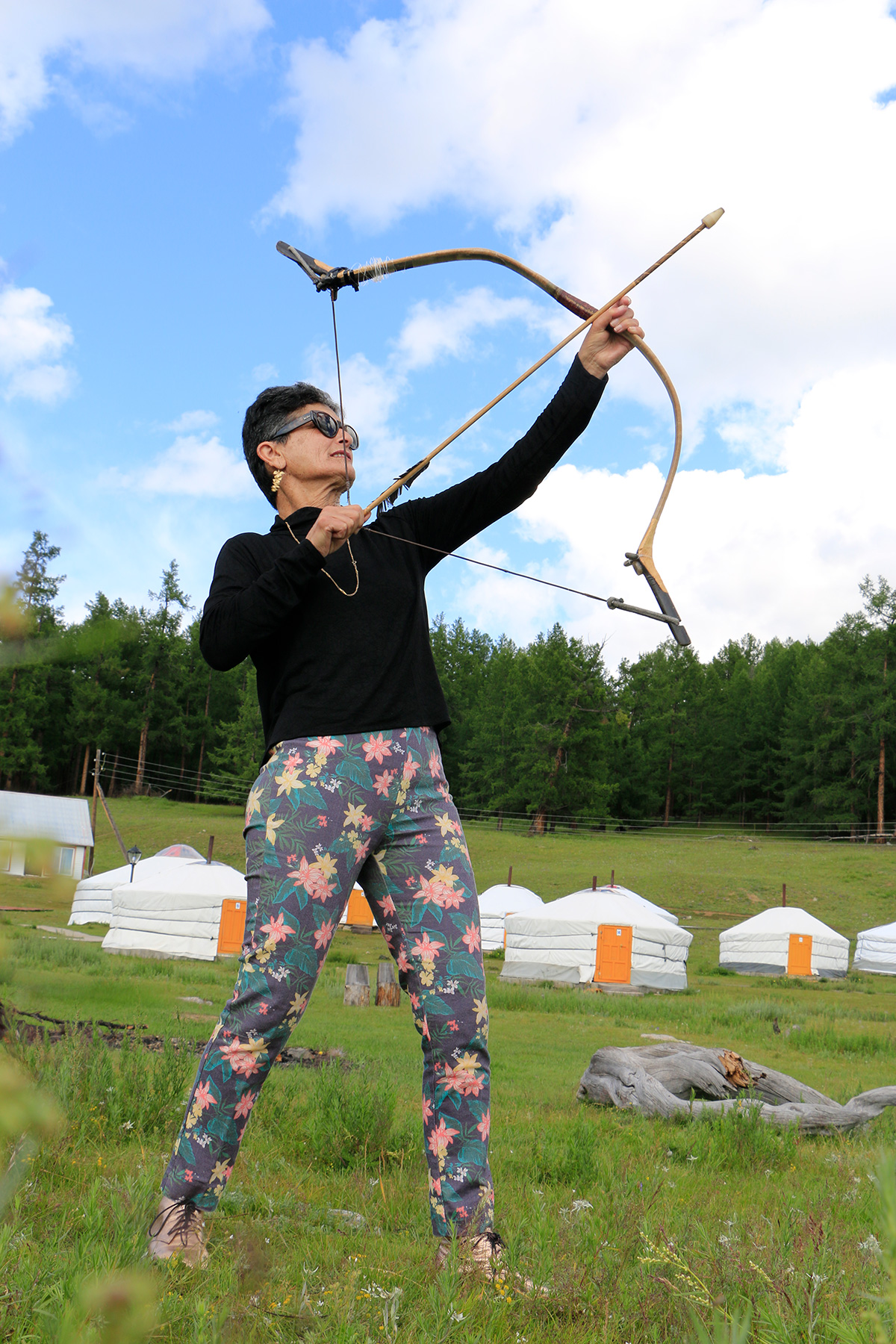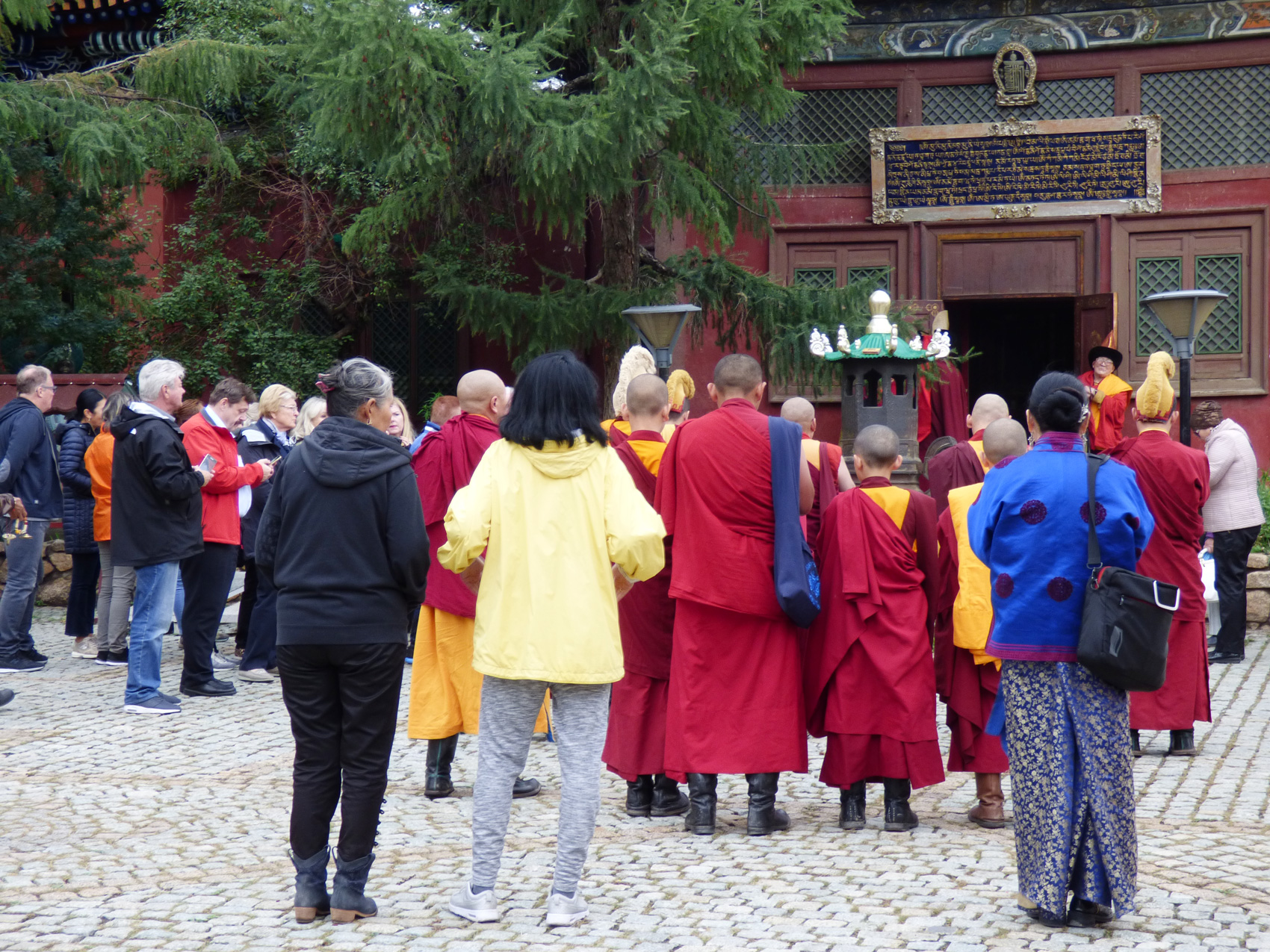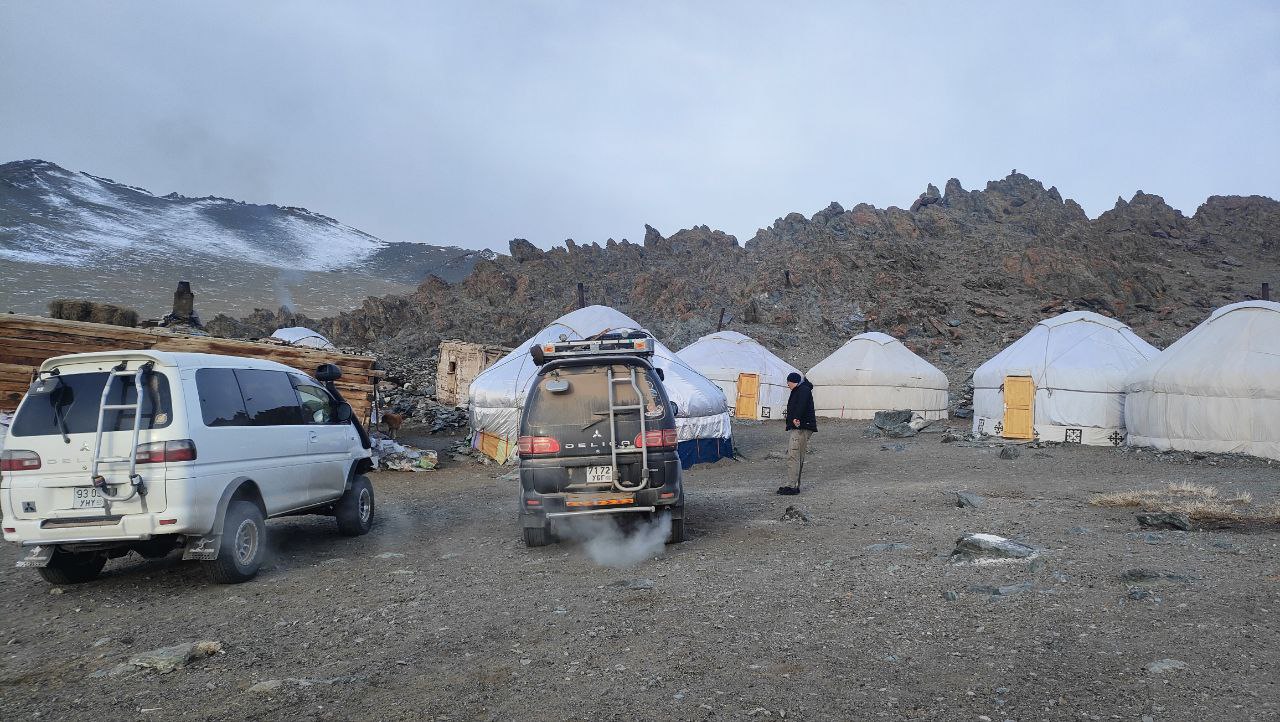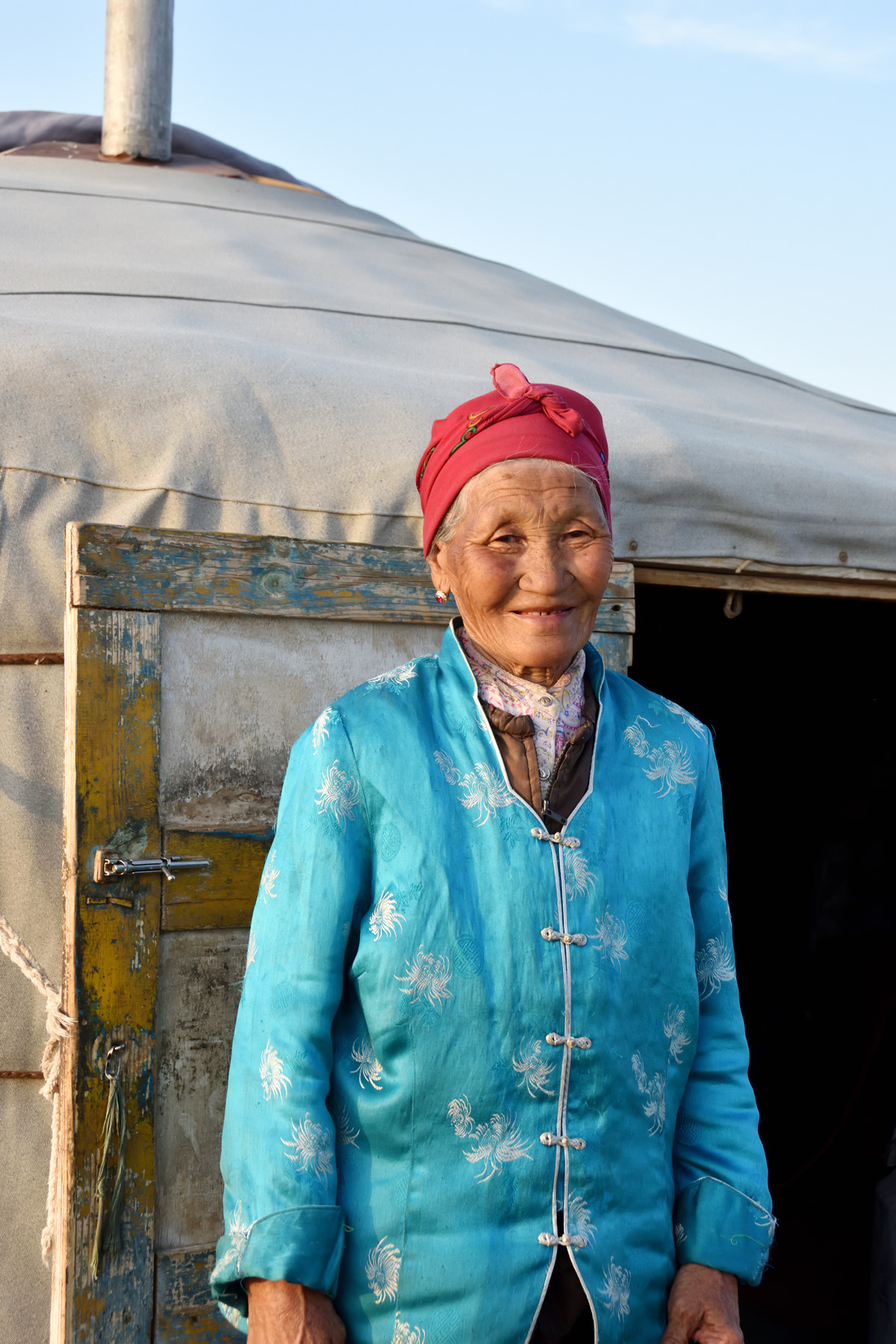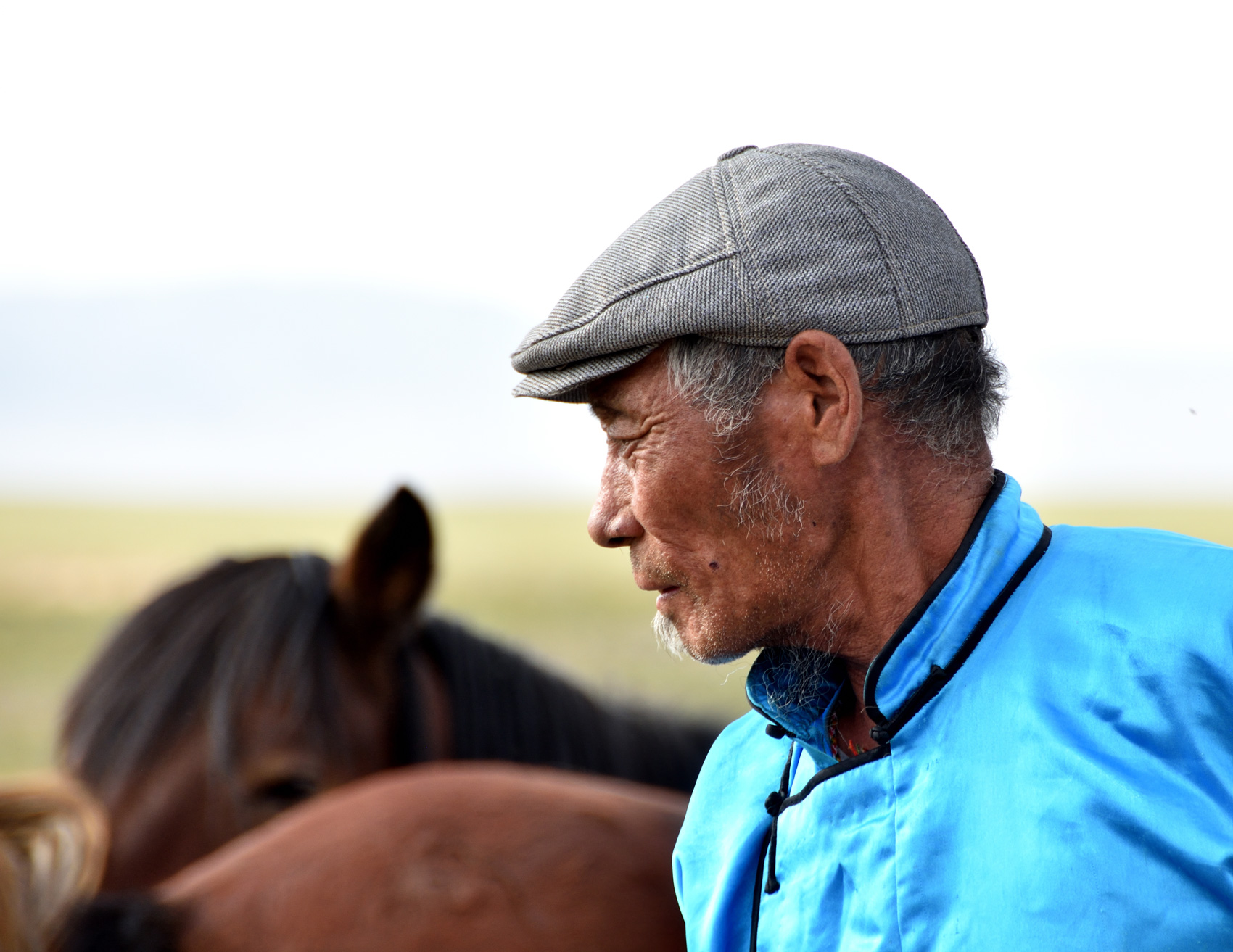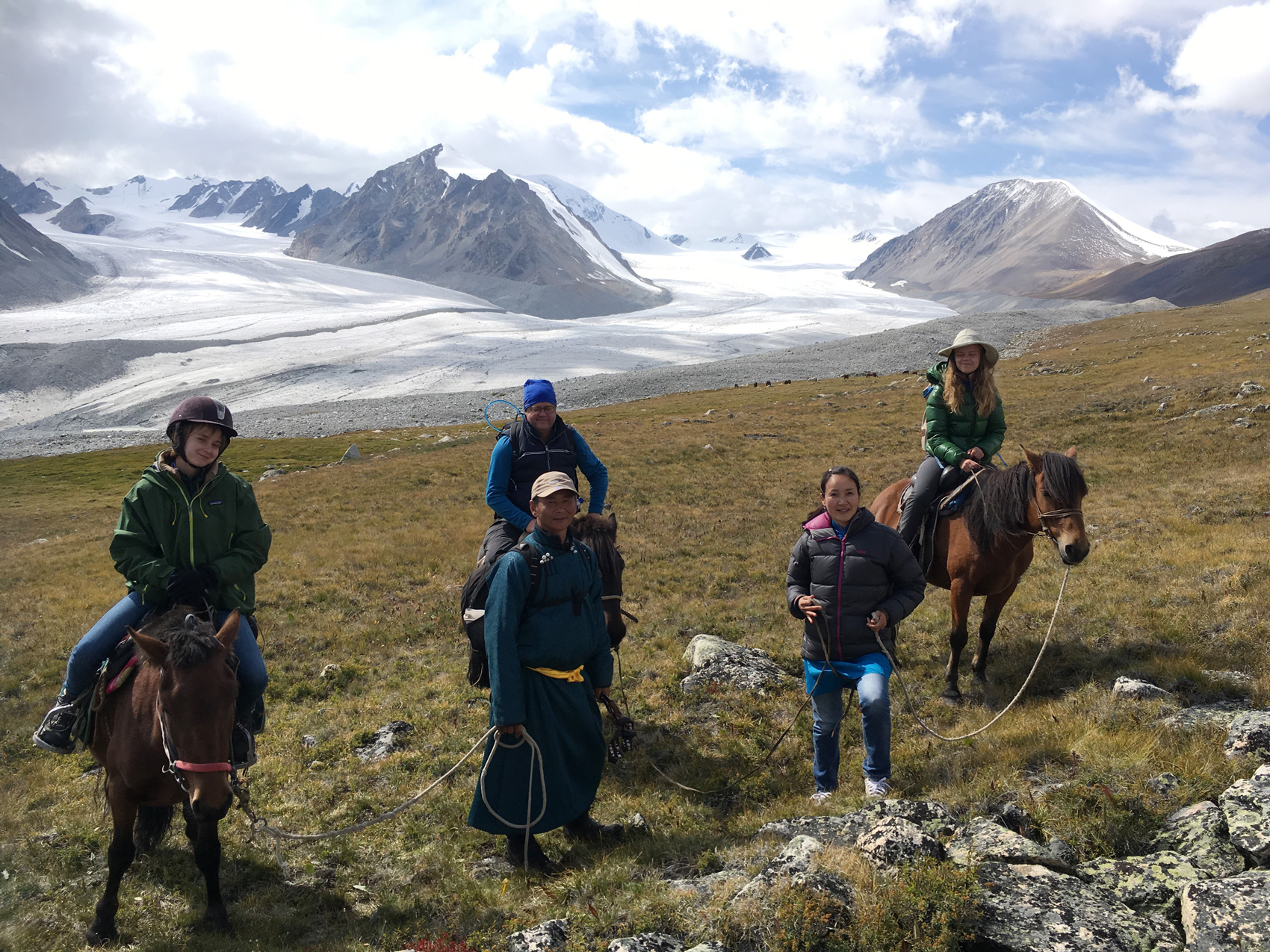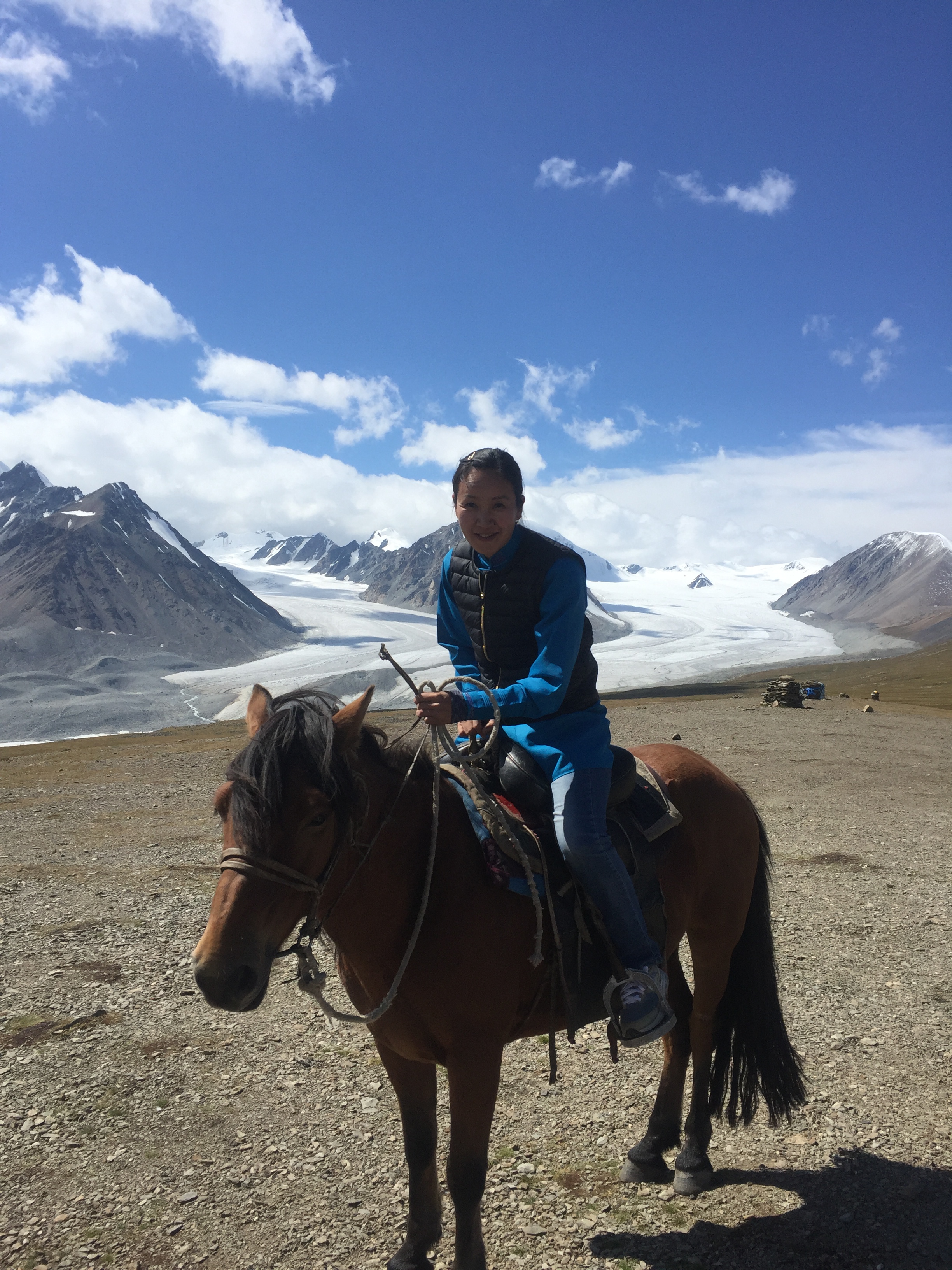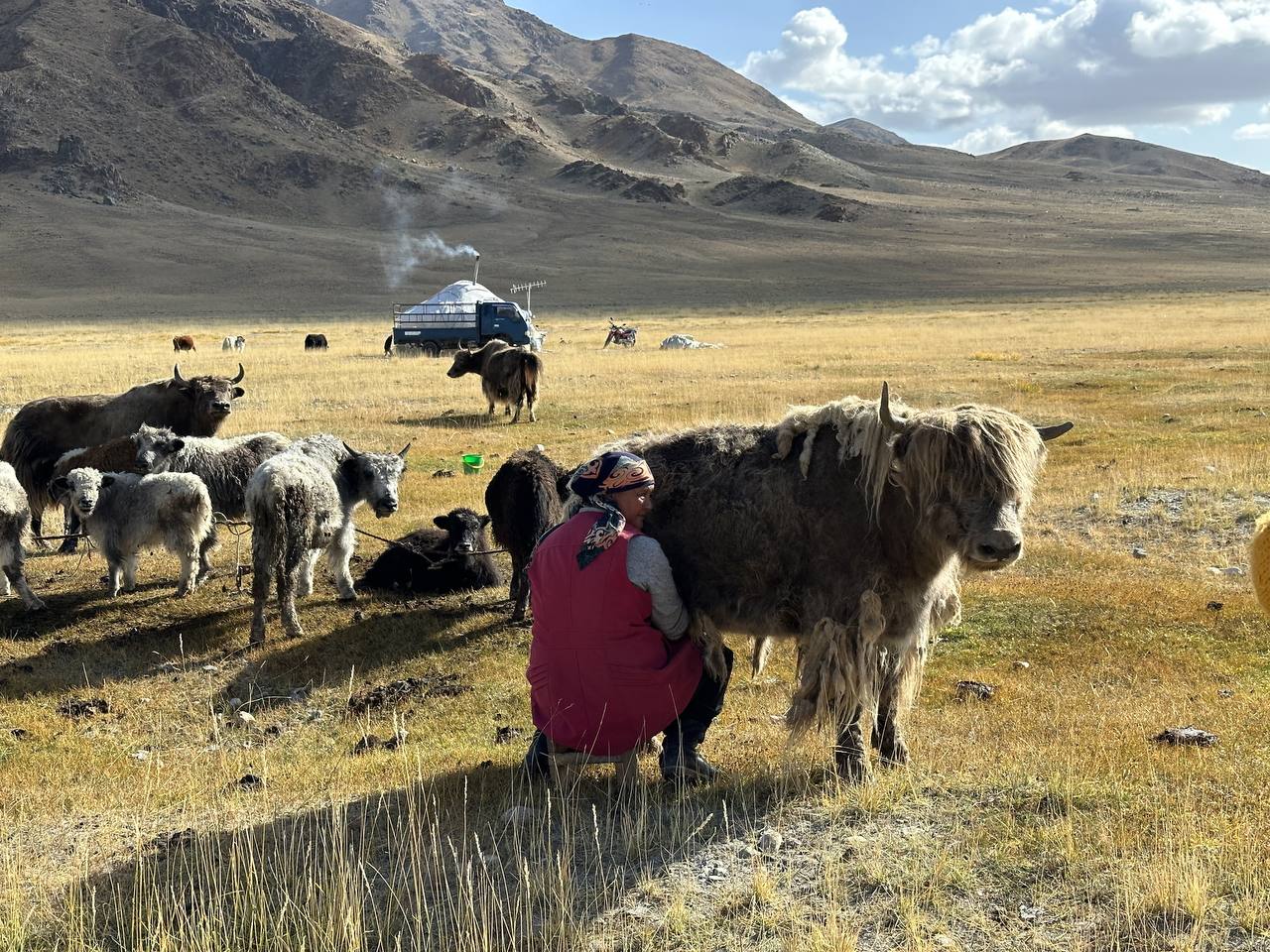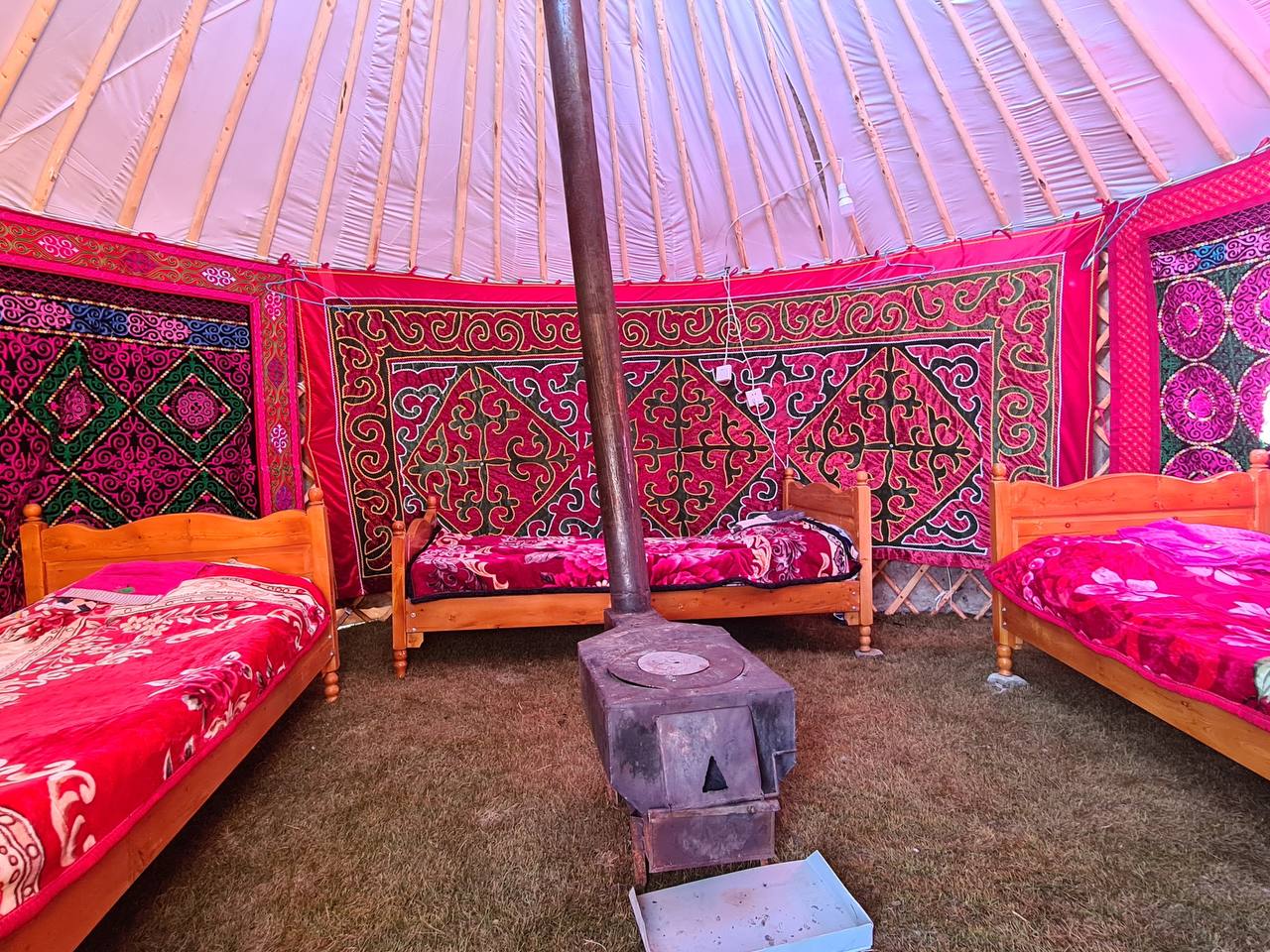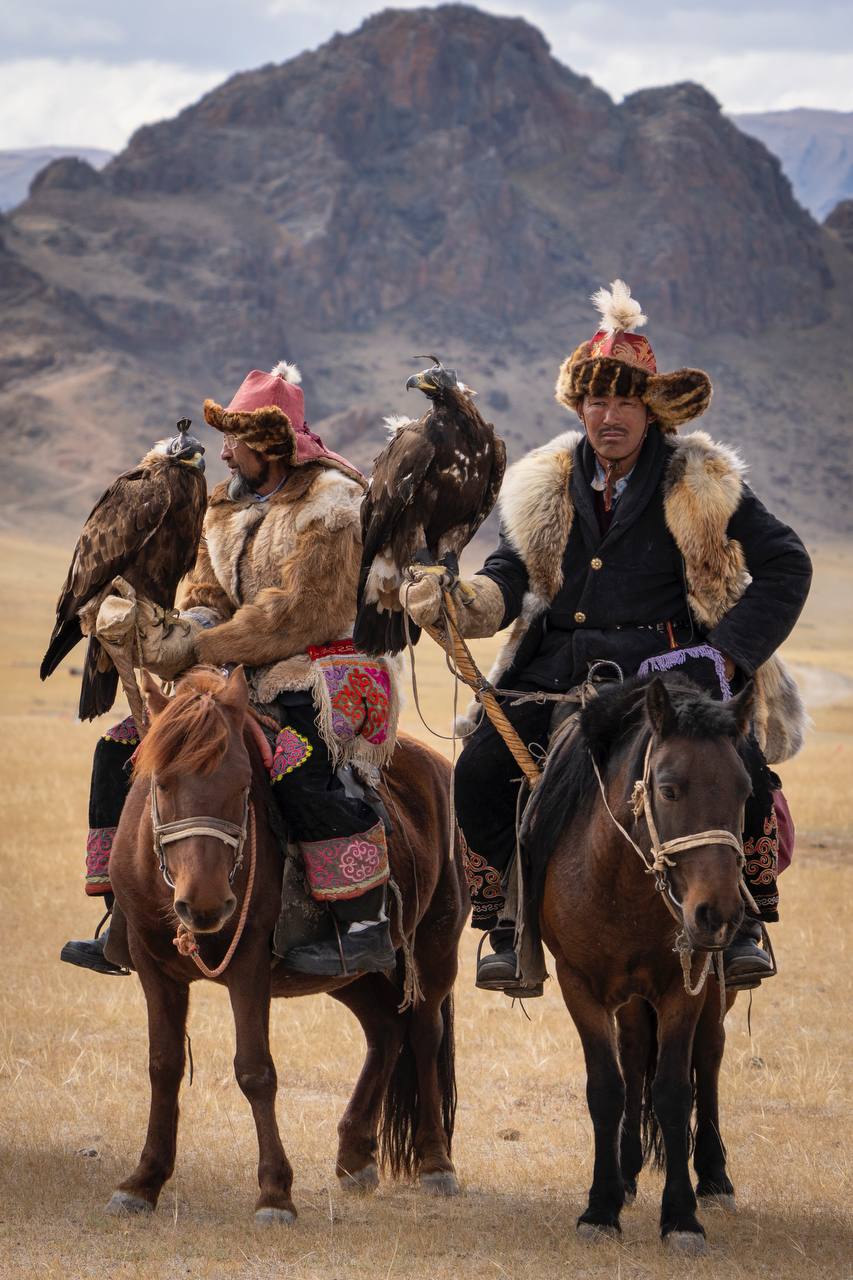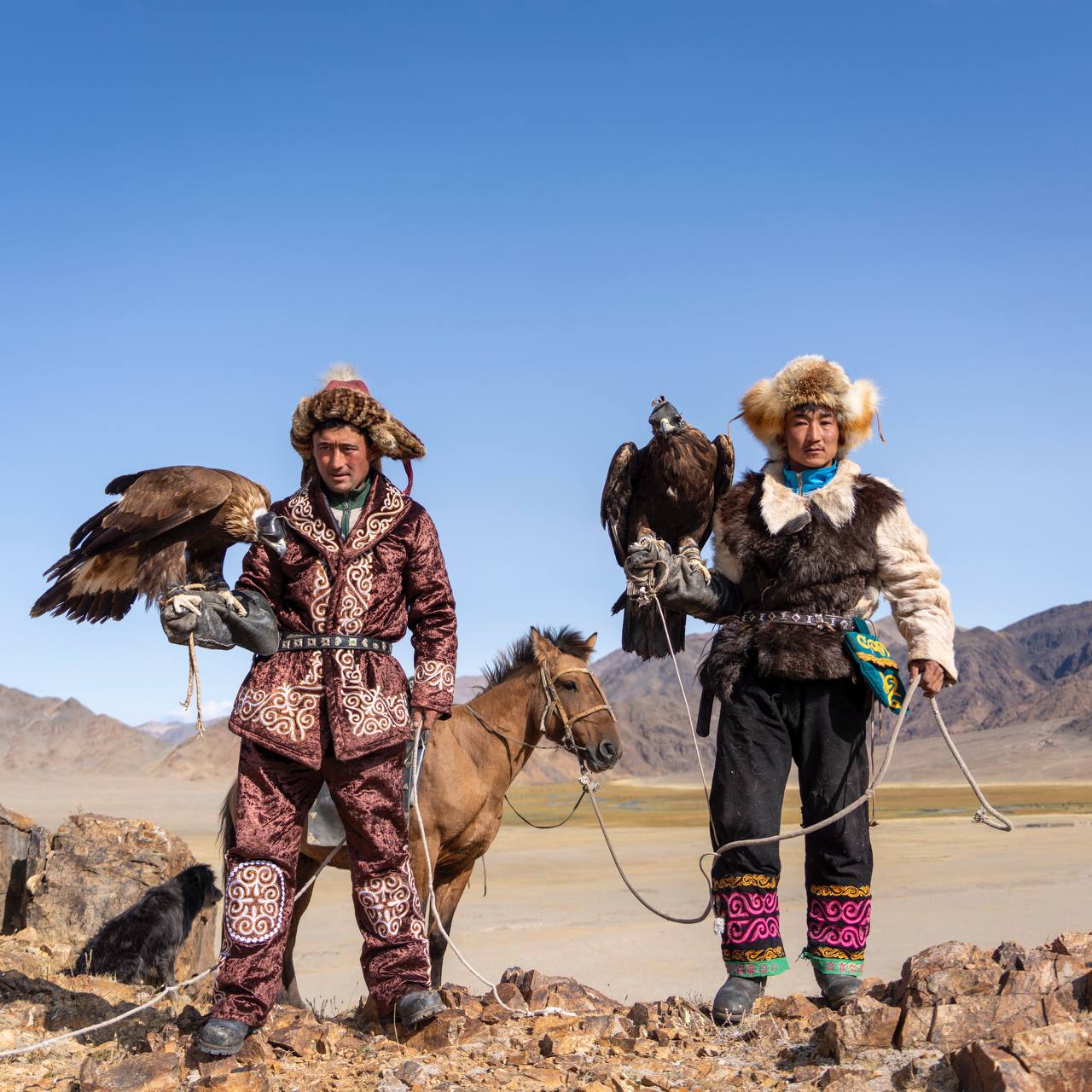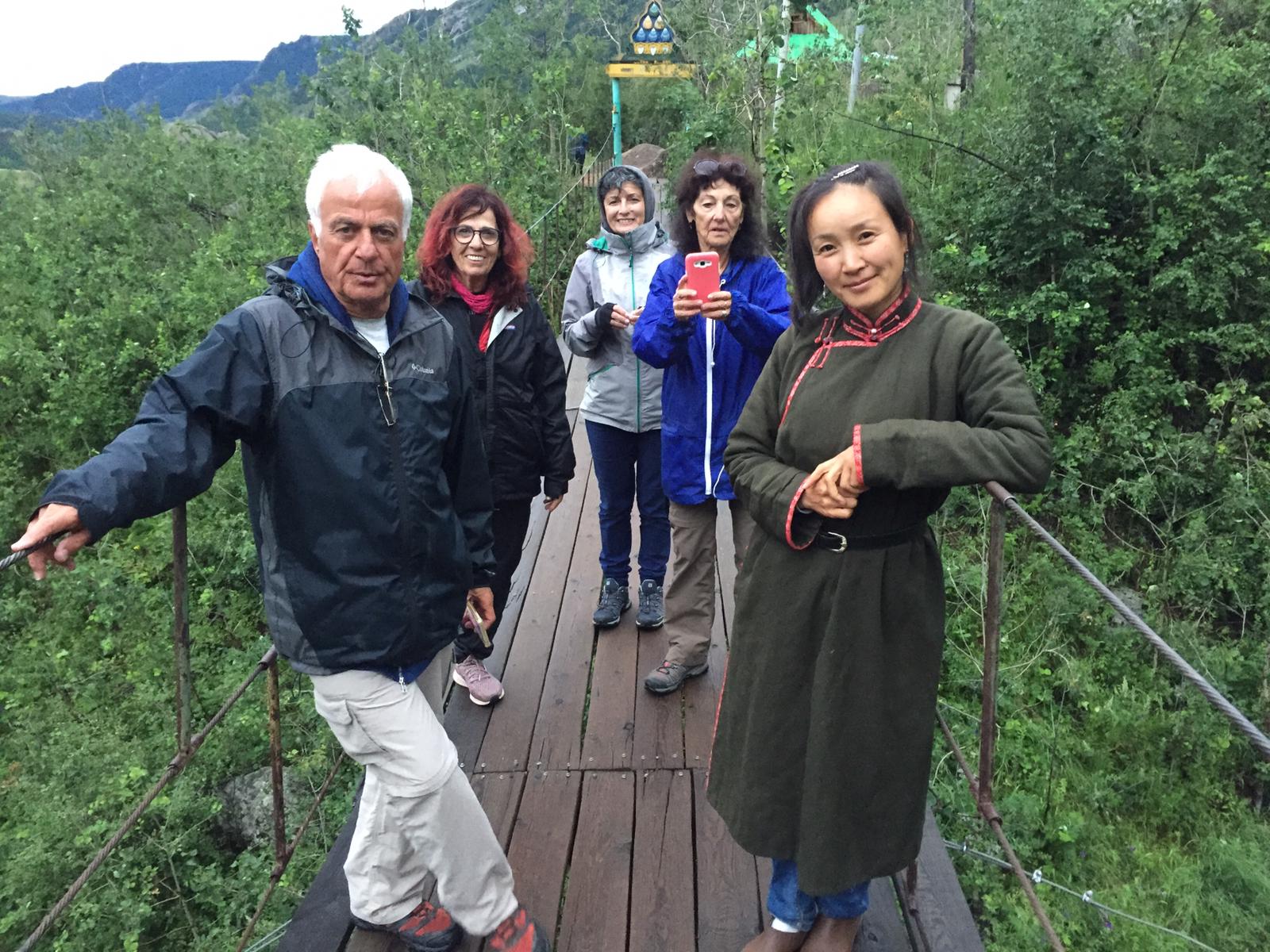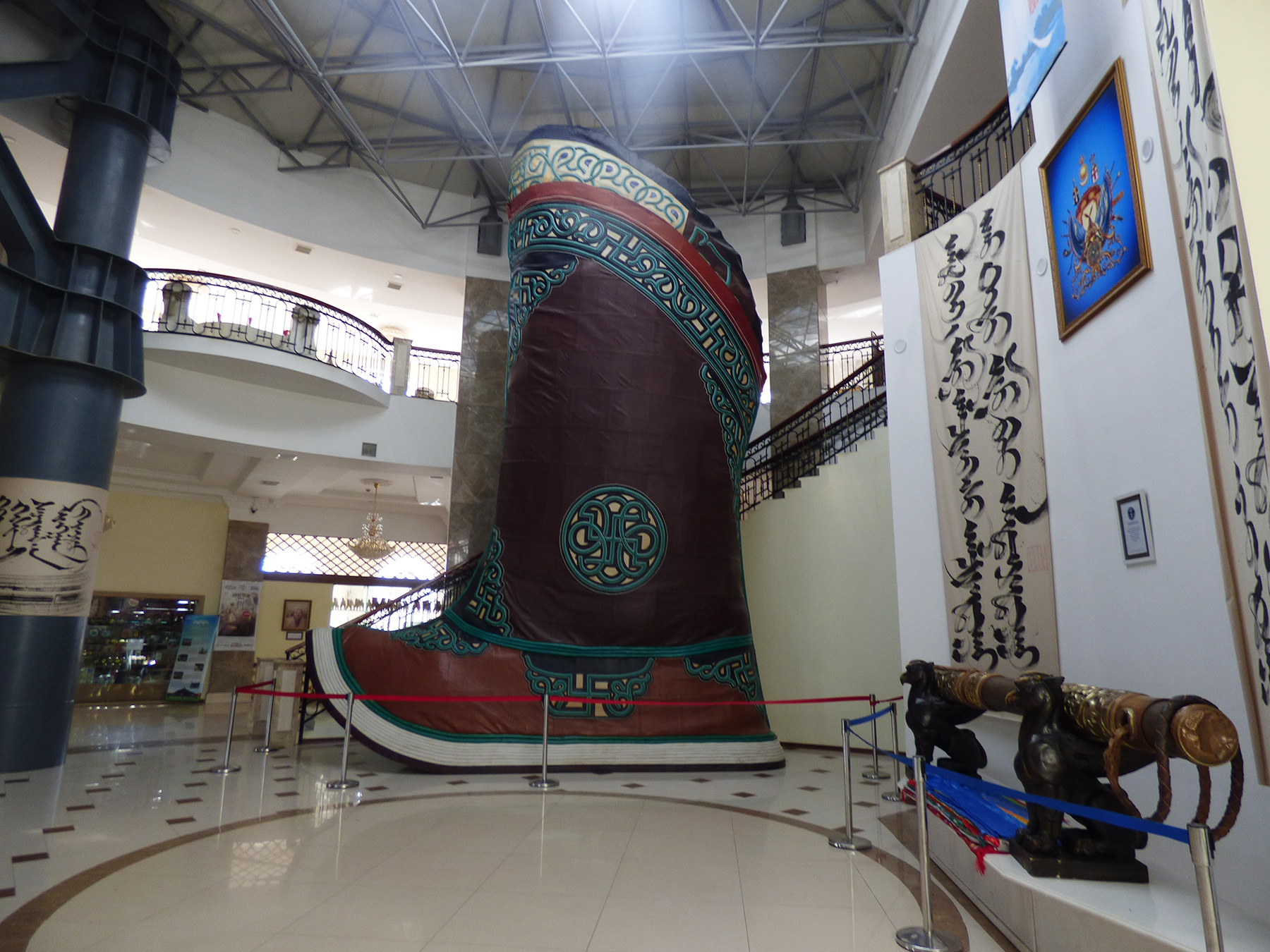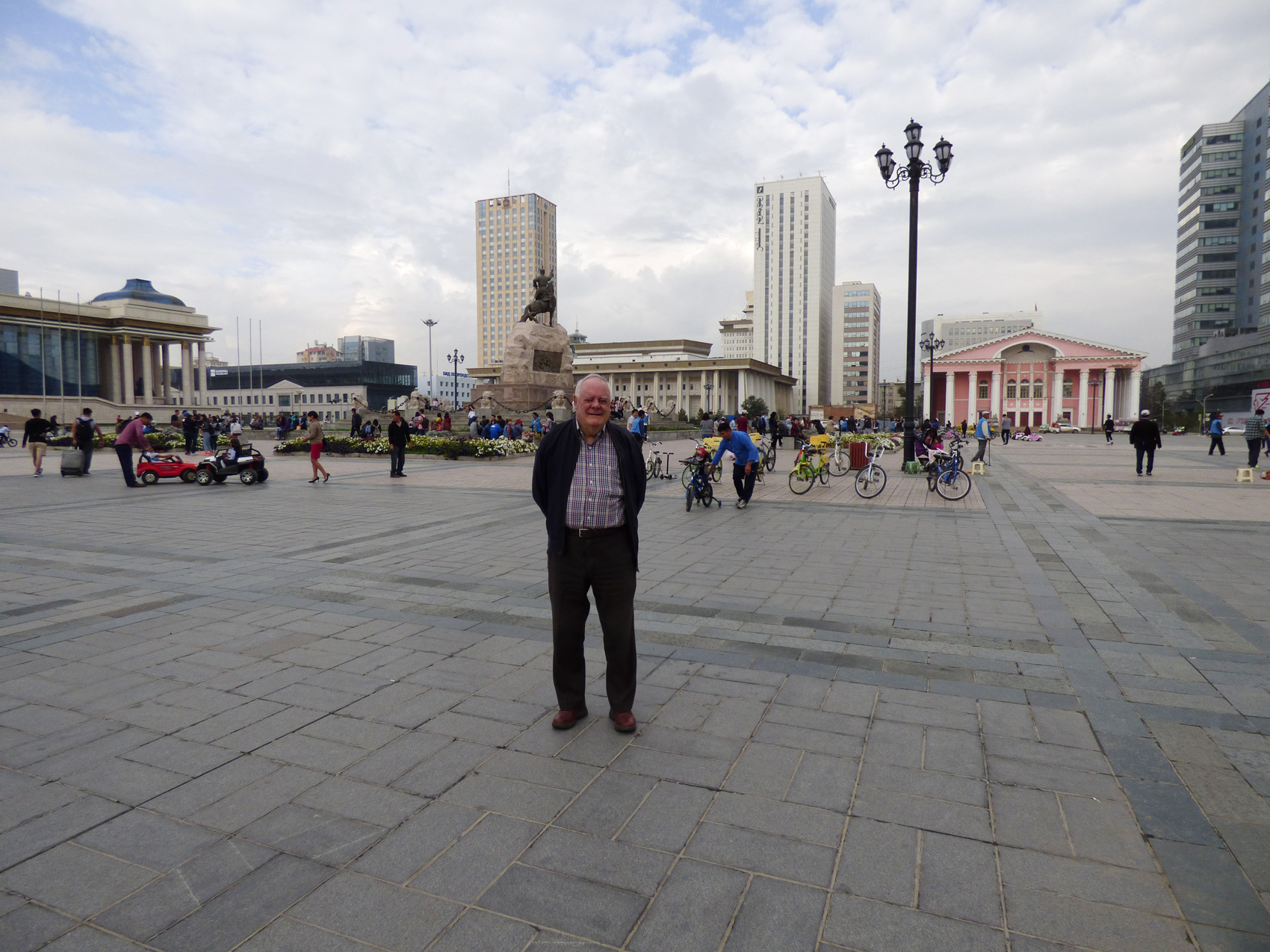26 days extended trip
$ 5,000
Per person- 25 nights, 26 days
- Jul 2024 / Western Mongolia
Photo gallery
Itinerary
Arrive in Ulaanbaatar, the largely modernized capital hub of Mongolia. Despite its concrete façade, this city is home to nearly half of the population and people can be seen in their traditional dress. Around half of the population continues to live in gers in ‘ger districts’. You will be met at the airport and transferred to your centrally located hotel.
Overnight at hotel.
Today you will enjoy a city tour, including Sukhbaatar Square and the National Museum of Mongolian History. We will also visit Gandan Monastery which is the largest and most important working monastery in Mongolia, home to an impressive 26m-high statue of a Buddhist figure featuring precious stones and gilded with gold leaf.
In the evening there will be a welcome dinner at one of our favourite restaurants
Overnight at hotel.
We fly to Dalanzadgad and then head out into the Gobi Desert.
Drive to the Gobi Gurvansaikhan National Park. The park's landscape has rocky and sandy desert plains, precipitous cliffs, ravines, salt pans and oases.
Overnight: Tourist camp.
In the morning, after leaving the camp, we visit to the spectacular Yolyn Am Valley. Yolyn Am means Vulture's Mouth and is a deep canyon where winter ice can remain even in the height of summer. This region is also renowned for the diversity of its wildlife and many endangered species can be found here, including Khulan, Ibex, Argali and Snow Leopard. This is not a safari trip, and if we bump into this wildlife we’ll count ourselves very lucky (and, if we meet a snow leopard, we’ll have been the luckiest of travellers).
Continue to drive to the Khongoriin Els sand dune. These spectacular dunes, stretching for 180 km and, in some places, reach heights of 350 meters are known as the 'Singing Dunes' because of the beautiful sound that resonates on a windy day.
Drive: 4-5 hours
Overnight: family ger
These dunes are bordered by lush green vegetation supported by a small river, the Khongoriin Gol. We run into some of the herders and ride camels. In total, there are approximately 250,000 Bactrian camels in the South Gobi.
Drive: 1-2 hours
Overnight: family ger
Head to the Bayanzag area, known as the “Flaming Cliffs” due to the varied colours of red, yellow, and orange. The Flaming Cliffs are known as being the area where American explorer Roy Chapman Andrews found the remains of dinosaurs. The first dinosaur nest found in the world was found here, proving that dinosaurs laid eggs.
Drive: 4-5 hours
Overnight: Ger camp at Flaming Cliffs
Ongi Temple, which is now an active small monastery with a temple, was one of the seven largest Mongolian monasteries. There are 2 temple ruins which were built in the 1780s. During the repression era of the 1930’s these two temples were destroyed and many lamas were executed and imprisoned. This area is the bridging zone between the Gobi desert and central Mongolia.
Drive: 4-5 hours
Overnight: Ger camp
We will shift from the desert zone to the famous Mongolian steppes. Kharkhorin, formerly known as Kharakhorum, was the capital of Genghis Khan's Great Mongol Empire in the 13th century. Today, in the vast valley of the Orkhon River, the awe-inspiring ancient monastery Erdenezuu coexists with Kharkhorin town.
Drive: 6-7 hours on dirt road
Overnight: Small hotel
Explore Kharakorum, the Great Mongolian Empire's ancient capital. The city served as the Mongolian capital for only 40 years (until Khubilai Khaan moved it to Beijing). Chinese soldiers destroyed most of the city in 1388. The remains of the town were used to build the ErdeneZuu Monastery in the 16th century. Upon arrival in the Kharakorum, the first and most obvious landmark is the massive walls of the Erdenezuu Monastery, the first Buddhist monastery in Mongolia. The Monument of the Great Khans of Mongolia is located on top of the hill.
Drive: a small amount of driving in Kharkhorin.
Overnight: hotel
The road to Tsenher Hot Spa traverses beautiful valleys surrounded by wooded mountains.
Drive: 2-3 hours on dirt road
Accommodation: Ger camp
Khorgo Terkhiin Tsagaan Lake National Park is considered one of Mongolia’s very best. It has extinct volcanoes, freshwater lakes, fast current rivers, and forested mountains. The Khorgo Volcano became extinct 6000-8000 years ago – the last of Mongolia’s 300 volcanos to die down. Terkhiin Tsagaan, a freshwater lake, was formed after lava flow from the volcanoes blocked the North and South Terkh Rivers. The areas surrounding the volcanoes are covered with thick basalt.
We will climb the Khorgo volcano and for the brave ones, there will be a hike along its crater edges with views of surrounding basalt-covered lands, sights of the Terkhiin Tsagaan Lake and the Suman River in the distance. En route we will drive through Chuluut Canyon
Drive: 4-5 hours - with stops at vista points
Overnight: Tourist Ger Camp
This day’s main characteristic is spectacular water bodies. We will drive and walk along the shore of Terkhiin Tsagaan Lake. It’s a scenic road, through a flower-carpeted mountain valley. Likewise we will drive through a high mountain pass. We will visit ancient graves from the bronze age.
Drive: 4-5 hours, dirt road
Accommodation: Tourist ger camp
The journey continues to the world's freshest pure-water lake, Khuvsgul.
Along the way, we explore ancient deer stones spread widely throughout Central Asia. Some 600 deer stones have been found in Central Asia, of which 500 are to be found in Mongolia. Deer stones date from 13th to 9th century BC, this being the mid to late Bronze Age. They contain ancient art of the sun, the moon, belts, knives, and jumping deer and are often (but not always) associated with burial sites.
Drive: 5 hours, 190 km – 90 km on dirt road, 100 paved road
Overnight: Tourist camp on the lake shore
Khuvsgul lake is 136 km long, 38 km wide lake and lies 1600m above sea level. It is situated in the middle of a Siberian taiga forest, amongst majestic sheer rock mountains. The lake and its surrounding area are pristine and have much to offer guests.
Drive: Very short drive to the boat port and the stables
Overnight: Tourist Ger Camp
We fly from Murun back to Ulaanbaatar where we rest after the first, long part of our trip. We can attend to laundry, e-mail correspondence, shopping – and resting. We now need to re-pack. Minimum equipment and clothing goes with us to the Kazakh trek. The rest of our luggage is going to be stored in the our hotel.
Afternoon: Choijin Lama Museum
Drive to Murun Airport: 1 hour, to hotel in UB 1.5 hours
Overnight: guest house
Ulgii is the central town of Bayan-Ulgii, a province where the national minority of Kazakhs largely resides. The Kazakhs are the only Muslims in Mongolia and are, compared with the Kazakhs of other countries, insistent upon preservation of culture.
We will meet our local crew – guide and drivers – at the airport.
Overnight: Hotel
This trip necessitates hiring local Russian vans and crew suitable for this terrain. The drive is rugged, through high desert. The destination is the Tavan Bogd National Park – a vast mountainous landscape that provides a breath-taking natural border between Mongolia and neighboring China and Russia. The park is home to the Five Saintly Peaks, its namesake, including the snow-capped heights of Kuiten Uul, the highest mountain in Mongolia at 4,374m.
We will visit nomadic Tuva families who are the indigenous people of this part of Central Asia and explore their way of life. Here we will also meet our guides and hire pack animals for our trek, set up camp and prepare our luggage for the next three days.
Drive: 220 KM / 7-8 hours on dirt road, bumpy conditions ending up at 2715 m above sea level
Hike: 10 km – 3-4 hours with short breaks to catch our breath and with a lunch break
There will be 2 horses available for people who need a break from the uphill climb.
The terrain is initial steep with switchbacks, then there gentler uphill climb.
Elevation gain: 630 m ascent in total, the first 300m of which are steep.
Overnight: Our own campsite. The Tuva staff will bring our horses or camels, our tents and kitchen.
After breakfast, our camels or horses will be loaded with our equipment and we begin the trek to what is known to climbers as The Base Camp of the snow-capped Tavan Bogd massif (3200m). The Base Camp is situated next to the 20km long Potanin Glacier, the most imposing glacier of the twenty Mongolian Altai glaciers.
The hike rises steadily, taking us over lush alpine tundra and crossing glacial run offs that can sometimes be very muddy. There are views directly across the glacier with the snow-capped peaks in the distance.
Hike: 8 km; 3-4 hours
Overnight: our own camp. The Tuva team will carry our belongings and food.
In the morning we will trek and ride down from the Base Camp to the head of Tsagaan Gol valley.
While back at the Tuva families, we can try handling animals, baking bread, making milk products etc.
Overnight: Family Ger.
Drive to Sagsai to visit an Eagle hunter’s family to learn about their daily lifestyle, eagle hunting culture.
On the way we will visit The Petroglyphic Complexes of the Mongolian Altai, Upper Tsagaan Gol (Shiveet Khairkhan). This property component includes large concentrations of petroglyphs and funerary and ritual monuments reflecting the development of human culture over a period of 12,000 years. The persistent relationships between rock art, surface monuments and the larger physical context of rivers, ridges and cardinal directions create a vivid sense of the integration of human communities with the land they inhabited.
Drive: 170 km on dirt road, 6-7 hours
Overnight: Family Ger or campsite
Our Ger hosts from yesterday are eagle handlers and hunters.
Culture: Today we will devote the morning to visiting the eagle handlers and hunters. We will drive to the mountain near our family ger. Culture: Real eagle hunting happens in winter. However, during the pleasant weather season that coincides with the tourist season – June to September – they perform for the tourists. They will demonstrate the handling of the eagles, letting them fly, hunt if the eagles are willing, and we will have the possibility (and honour!) of experiencing eagle-handling ourselves. We will also have conversations with the Kazakh family about their ways of life and the manners in which they raise and train their eagles.
If we are camping, then the afternoon will include packing the camp for the return to Ulgii.
Drive: 2 hours to Olgii
Overnight: hotel in Olgii
Drive to Ulgii airport (half hour), Fly to UB, 2-3 hours. Check into a hotel and enjoy a restful, free afternoon.
Overnight: Hotel
Today we will visit the giant Chinggis Khan Equestrian Monument at Tsonjin Boldog. At the base of the statue, you can try on traditional Mongolian costumes, tour the numerous portraits of the Khan lineage and climb to the horse’s head for a panoramic view over the surrounding landscape towards Chinggis' birth place.
Continue northwards to the Gorkhi-Terelj National Park to see Turtle Rock and visit the local temple built on a hill.
Farewell Dinner at one of UB’s top rated restaurants
Drive: 3 hours on paved road (including back and forth)
Overnight: Hotel, UB
We will spend our very last day at UB for goodbyes, stuff we wanted to do and didn’t get to, shopping for souvenirs: cashmere, leather goods and traditional handicrafts.
Goodbye party for us all! Yay!
Overnight: Hotel
Tour price per person
Included / exclude
- All transportation set out in Your Itinerary except as specified. We use 4×4 Japanese minivans and Russian vans and Jeep
- All accommodation set out in Your Itinerary
- Tour Leader/Guide – Our trained English and Mongolian speaking staff
- Airport transfers in Mongolia
- Domestic flights within Mongolia
- Horse and camel riding
- Entrance fees: Entry fees to museums, concerts in UB, monasteries, national parks and road charges for tourists, staff, and vehicles, all as set out in Your Itinerary.
- Clean drinking water /2l per day/
- Your personal travel insurance policy costs.
- International flights and costs for visas
- Personal expenses incurred by You, including airport taxes, alcoholic beverages and soft drinks, laundry, and room services and similar costs
- Extra baggage – please note that internal Mongolian flights allow only 15 kg luggage. If Your luggage weighs more, You will need to pay the additional baggage charges.
- Toiletries
- Video recording or photography fees at sights
- Tips and gratuities
- Wear and tear of or to Your property.
- Damage to Your property unless such damage is directly caused by Us

